-
1913
The Museum opens at Pine Bank in Boston’s Jamaica Plain neighborhood.

-
1917
During World War I, Boston Children’s Museum remains open in spite of coal shortages. On “heatless Mondays” when many schools and libraries are closed, the Museum offers special lectures for children.

-
1919
The Museum hosts programs at the Barnard Annex, a building closer to children in other neighborhoods.

-
1926
Purchased through children’s penny donations, Molly, a baby elephant that had passed away at the Franklin Park Zoo, is preserved and donated to Boston Children’s Museum.

-
1928
The Miss Kyoto doll is given to Boston by Japan as a symbol of friendship. She becomes a part of the Museum’s cultural collections, which grows to more than 45,000 objects by 2013.

-
1930s
Boston Children’s Museum’s many outdoor clubs give children direct experiences with nature, placing them at the center of their own learning adventures.
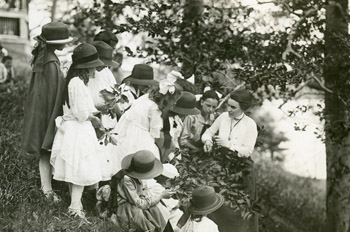
-
1936
Having outgrown the original building, Boston Children’s Museum buys and moves into the Mitton house across from Jamaica Pond at 60 Burroughs Street.

-
1940s
Boston Children’s Museum becomes a refuge for children whose fathers are away serving in the military and mothers who are working in local factories and business.
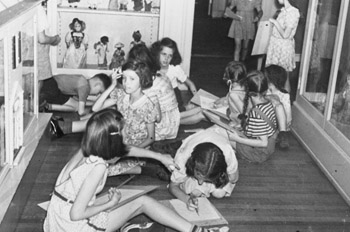
-
1952
The July Jaunters club takes neighborhood children on nature expeditions.

-
1962
Michael Spock is hired to direct the Museum. The Museum he inherits has traditional glass-case exhibitions and declining attendance.

-
1964
With the opening of What’s Inside? Boston Children’s Museum launches a museum revolution, removing the ’Do not touch’ signs, and pioneering hands-on, visitor-focused exhibits and programs, a model now used in museums around the world.

-
1964
Boston Children’s Museum staff develops MATCh Box kits (Materials and Activities for Teachers and Children) that bring real materials and hands-on learning to classrooms. Titles include Grouping Birds, Animal Camouflage, Netsilik Eskimos, the House of Ancient Greece, and Paddle to the Sea.
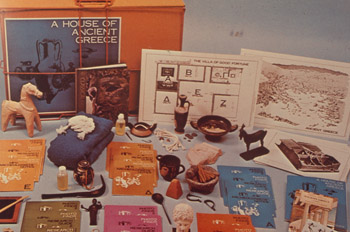
-
1966
The City of Boston gives a Japanese Tea House to the Museum, which is adapted to teach about daily life in Japan.

-
1970
The Grandparents House exhibit offers role playing experiences in social history and stimulates conversations across generations.

-
1972
The Recycle Shop opens with cool materials for making creations of all sorts.

-
1974
The Giant’s Desktop exhibit engages children in thinking about size and scale.

-
1976
What If I Couldn’t opens as the first children’s museum exhibit that helps children experience what it would be like to live with a disability.

-
1977
Greeted by fire boats, the Milk Bottle arrives by boat from Taunton, MA, and is installed at Museum Wharf.

-
1978
PlaySpace, the Museum’s exhibit for children five and under, opens for children and parents to play and learn together.

-
1979
Boston Children’s Museum moves to Museum Wharf on Fort Point Channel, sharing the building with the Museum of Transportation.

-
1980
A gift from Boston’s Sister City in Japan, the Kyo no Machiya opens within Boston Children’s Museum.

-
1982
A true blockbuster, the Art of the Muppets attracts large and enthusiastic audiences.

-
1983
An expanded community outreach program extends Museum programs and resources to cities and neighborhoods with high poverty rates, laying the groundwork for new partnerships.

-
1984
Endings: An Exhibit about Death and Loss provides ways for children and adults to discuss a difficult topic.

-
1986
Boston Children’s Museum joins in MITS - Museum Institute for Teaching Science - a summer professional development program for teachers.
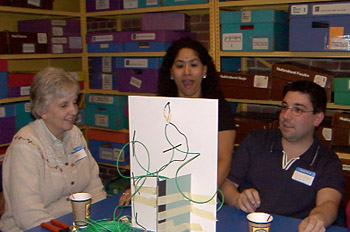
-
1988
In honor of Boston Children’s Museum’s 75th Anniversary, the theatrical program created by City Stage Company, From Time to Time, inhabits the Grandparents House exhibit depicting four different decades to reflect Boston’s changing populations.

-
1988
U.S. tour of Boston Children’s Museum’s six science exhibits, including Bubbles, Raceways, Salad Dressing Physics, Wheels, and Tops & Yo-yos.
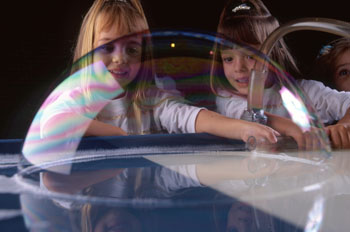
-
1990
The KidsBridge exhibit addresses prejudice, discrimination and racism. Smithsonian Institute Traveling Exhibitions Services tours the exhibit to venues across the U.S.

-
1991
The Multicultural Celebrations Series are published and eventually sell more than $1m worth of books and curriculum to schools and libraries.

-
1992
The Teen Tokyo: Youth and Popular Culture in Japan Today exhibit presents a counterpoint to the more traditional Japanese House exhibit.

-
1994
Lou Casagrande becomes President and Chief Executive Officer, and begins planning for major site and building renovations and expansion.

Photo: Les Veilleux
-
1996
KidStage, a fully professional theater for young children, opens under the artistic direction of City Stage Company. Live theater becomes a part of the visitor experience.

-
1997
The Harcourt Teacher Center opens with expanded programs and resources for area teachers.

-
1998
Boston Children’s Museum forms deep and enduring partnerships with Action for Boston Community Development Head Start and the Boston Public School Kindergarten Program.
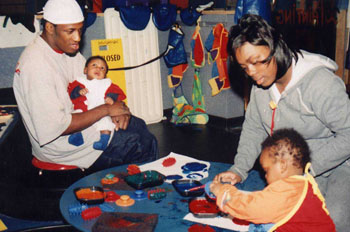
-
1998
Arthur’s™ World, based on the popular Marc Brown book series and WGBH’s television series, is a blockbuster, causing attendance to jump by 35%.

-
1999
The Art Studio opens, greatly expanding the Museum’s arts programs.

Photo: Paul Specht
-
2001
The Teen Ambassadors, talented multilingual Boston Public high school students, become critical staff in Community Programs and Partnerships, linking the Museum and neighborhoods.

Photo: Bill Gallery
-
2003
GoKids, programs designed to encourage families to make healthy lifestyle choices, become an important part of museum and community-based activities.

Photo: Oscar Williams
-
2004
Making America’s Music: Rhythm, Roots & Rhyme, a partnership with the Boston Symphony Orchestra, signals a new emphasis on music in the Museum.
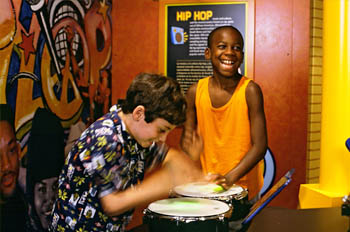
Photo: Gus Freedman
-
2004
Five Friends from Japan: Children in Japan Today, an award-winning traveling exhibit, introduces visitors to daily life for children from different backgrounds.
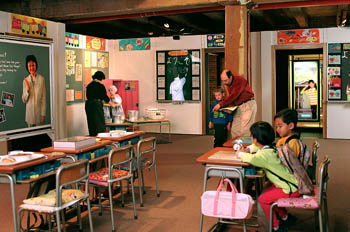
-
2004
Boston Black: A City Connects, a collaboratively developed exhibit, explores diversity within the Black community and stimulates dialogue about race.
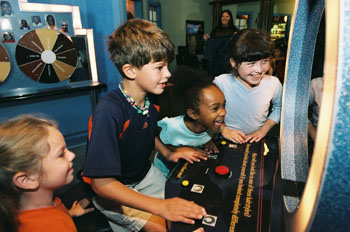
-
2006
PlayLab, a partnership with MIT’s Cognitive Sciences Department, invites infants and toddlers to participate in cognitive development studies through play.

-
2007
Boston Children’s Museum completes a major renovation and expansion project, and becomes the first gold LEED certified museum in Boston.

Photo: Robert Benson
-
2008
Children of Hangzhou: Connecting with China exhibit, featuring Boston’s Chinese Sister City, launches a full summer of Chinese cultural programs.

-
2009
In collaboration with WGBH, Peep’s World, a preschool science exhibit with specific support for adults, engages children in science play.

-
2010
The new President and Chief Executive Officer, Carole Charnow, expands arts programs - with music, dance, visual arts, and theater - throughout the Museum.
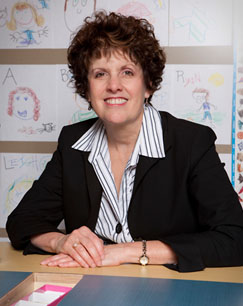
Photo: Bethany Acheson
-
2010
The Countdown to Kindergarten exhibit opens as a centerpiece for city-wide school readiness activities. School Readiness activities become the staple of Friday night programs.
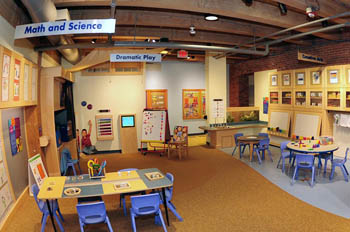
Photo: Paul Specht
-
2011
The first free online curriculum for afterschool programs, www.beyondthechalkboard.com attracts users from around the world.

-
2013
Honoring the past and looking toward the future, Boston Children’s Museum celebrates its 100th anniversary.




























































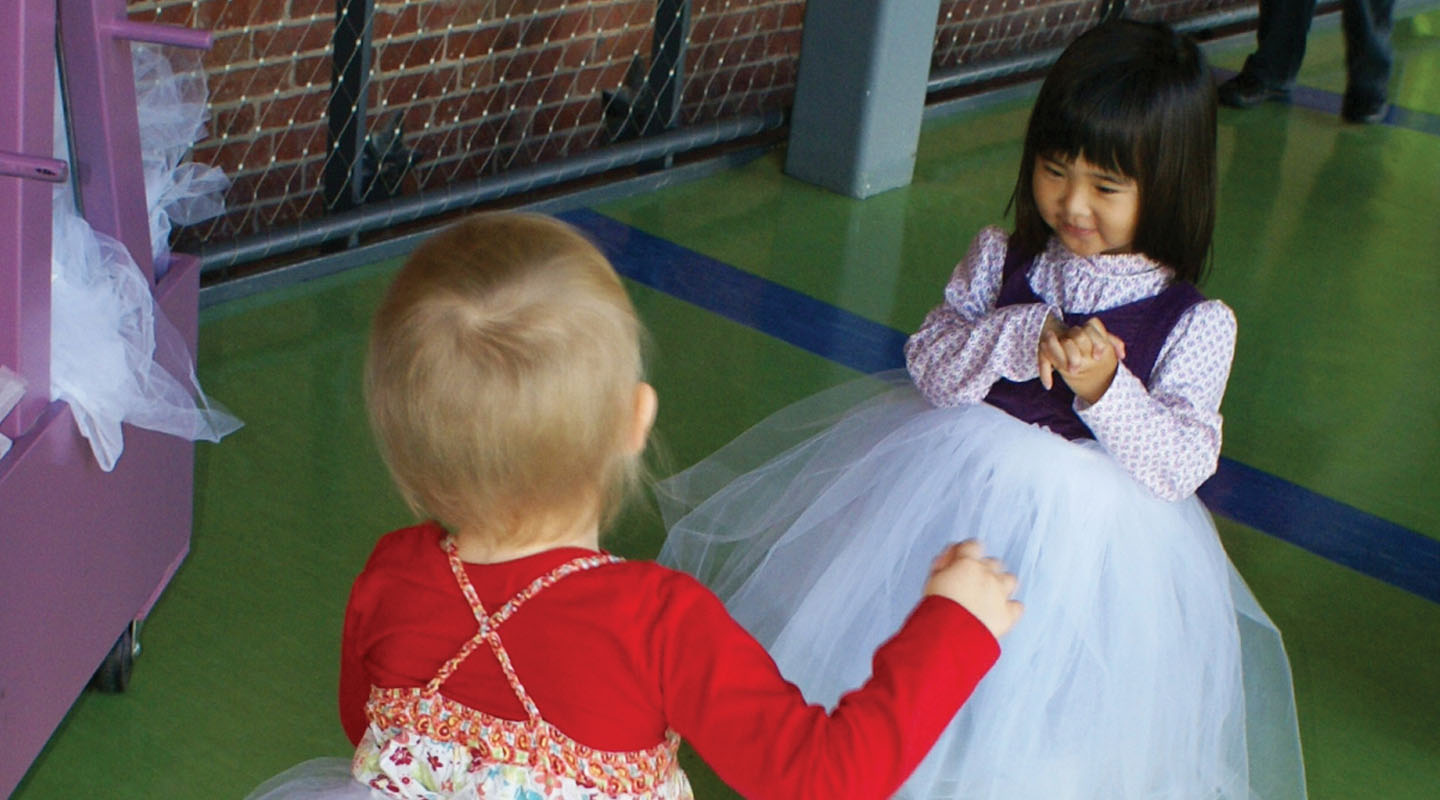









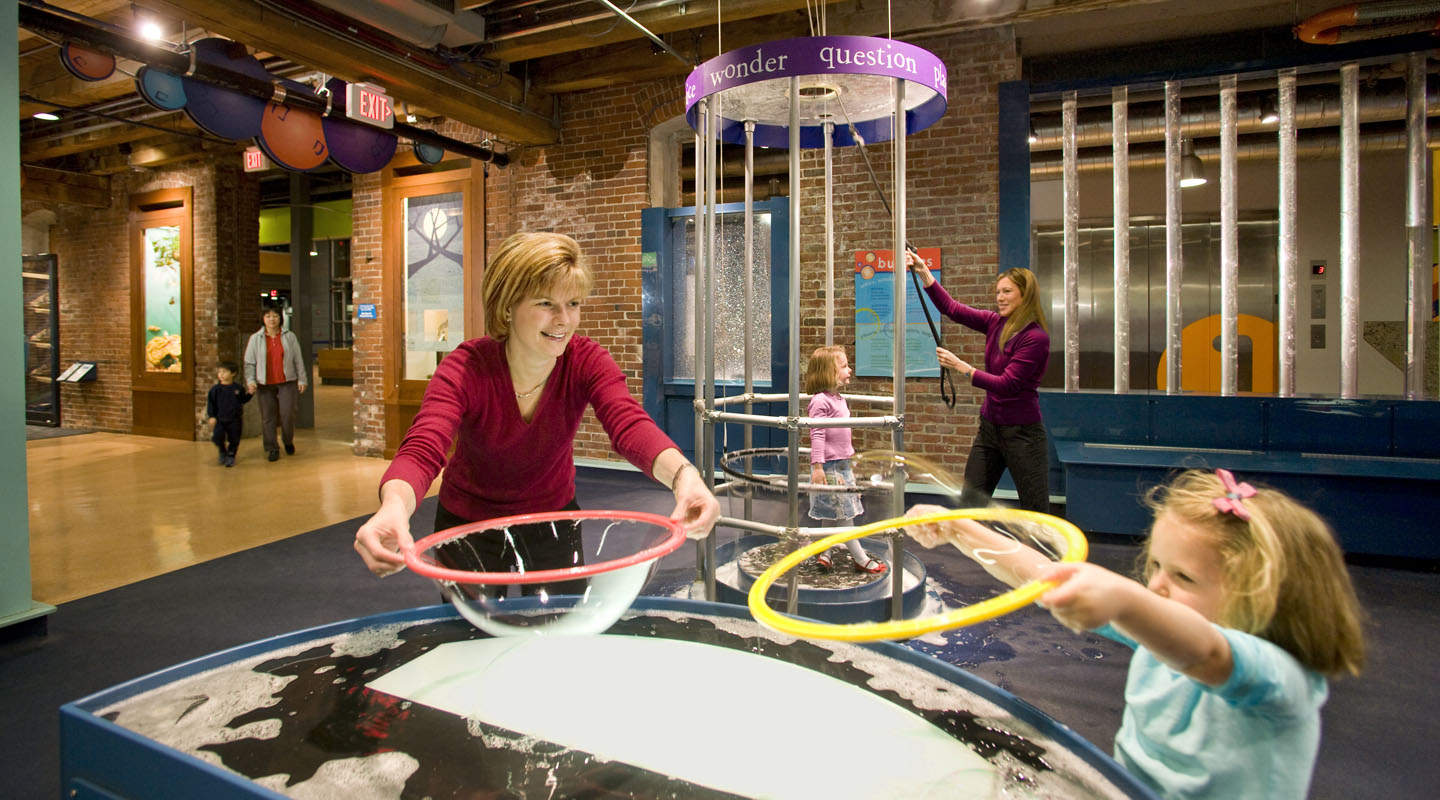







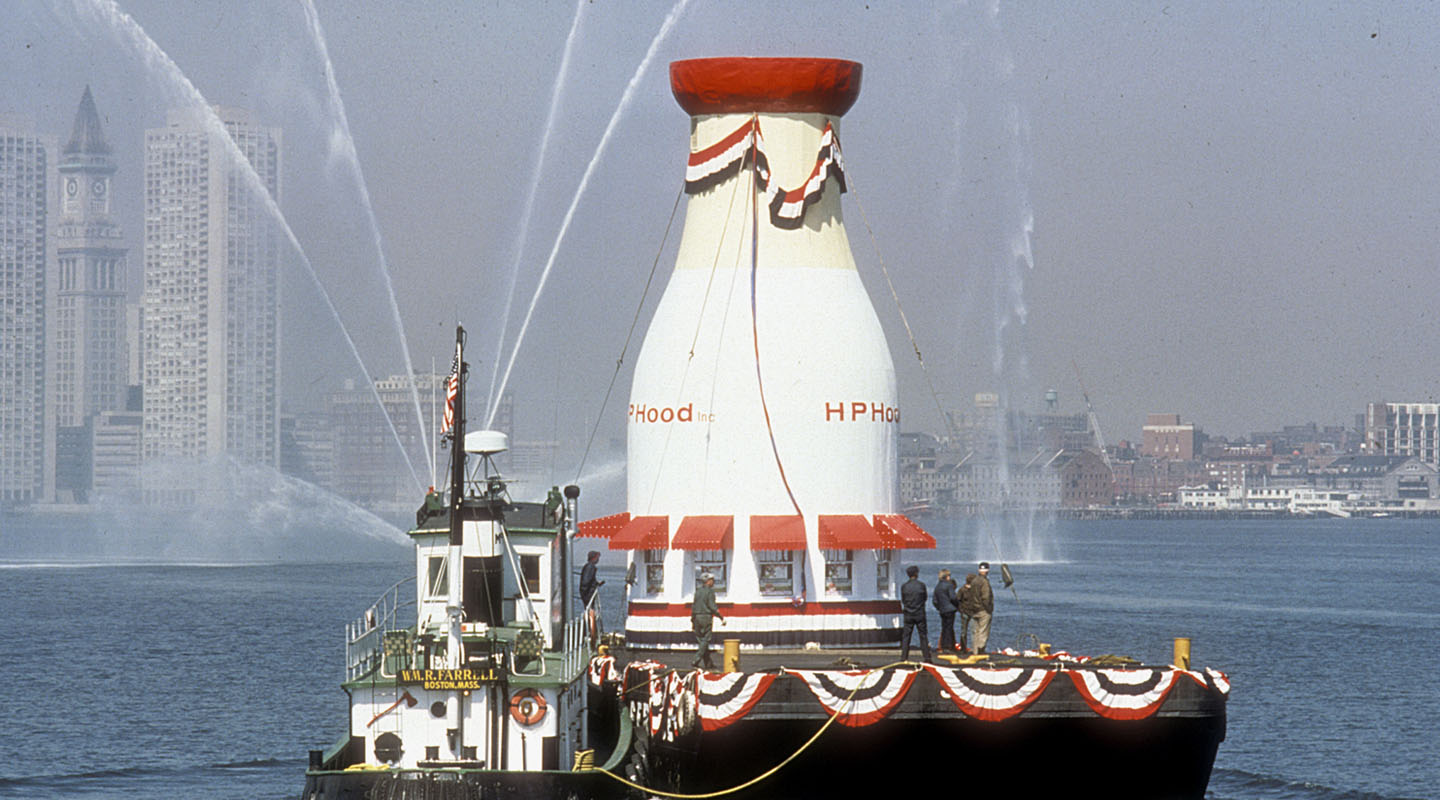
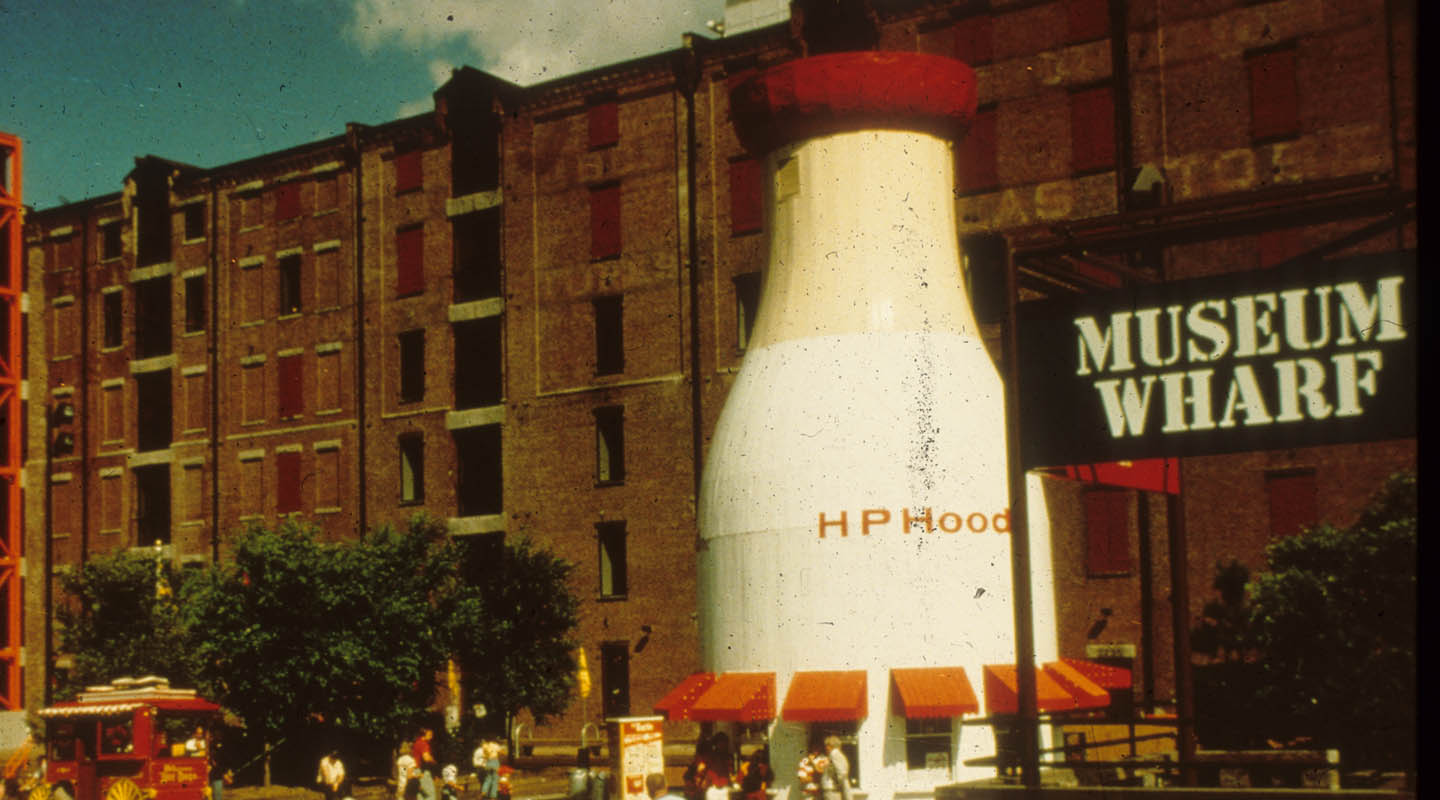

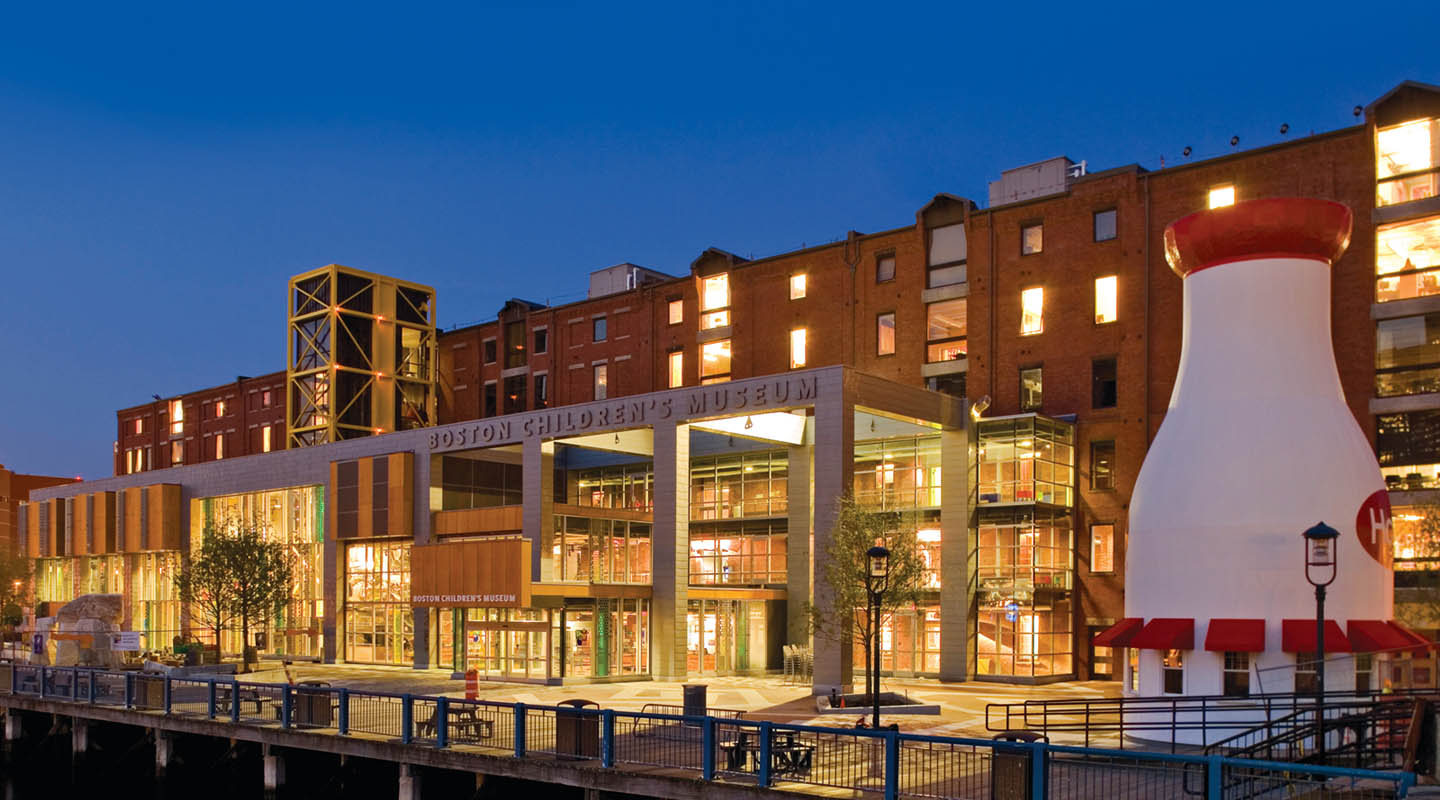







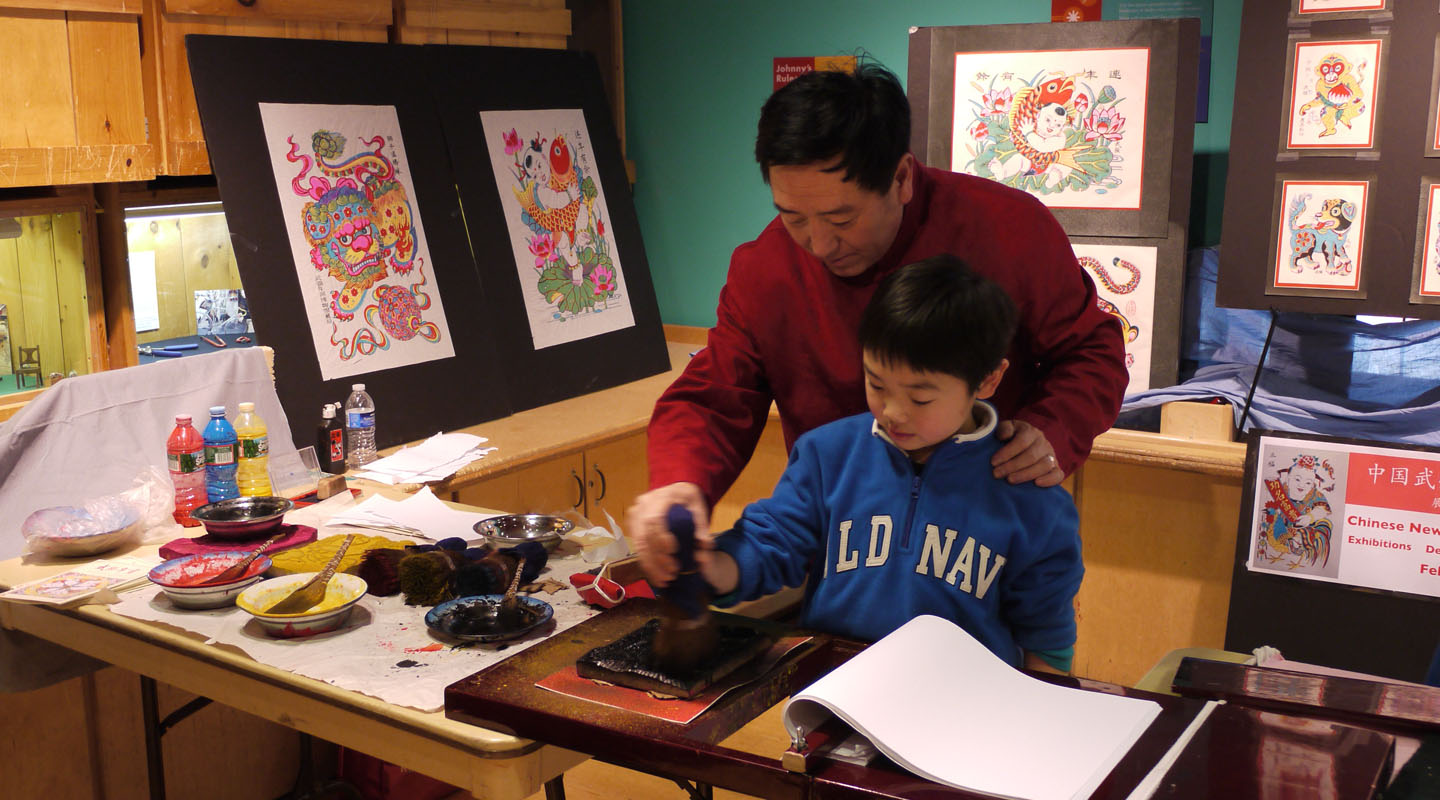
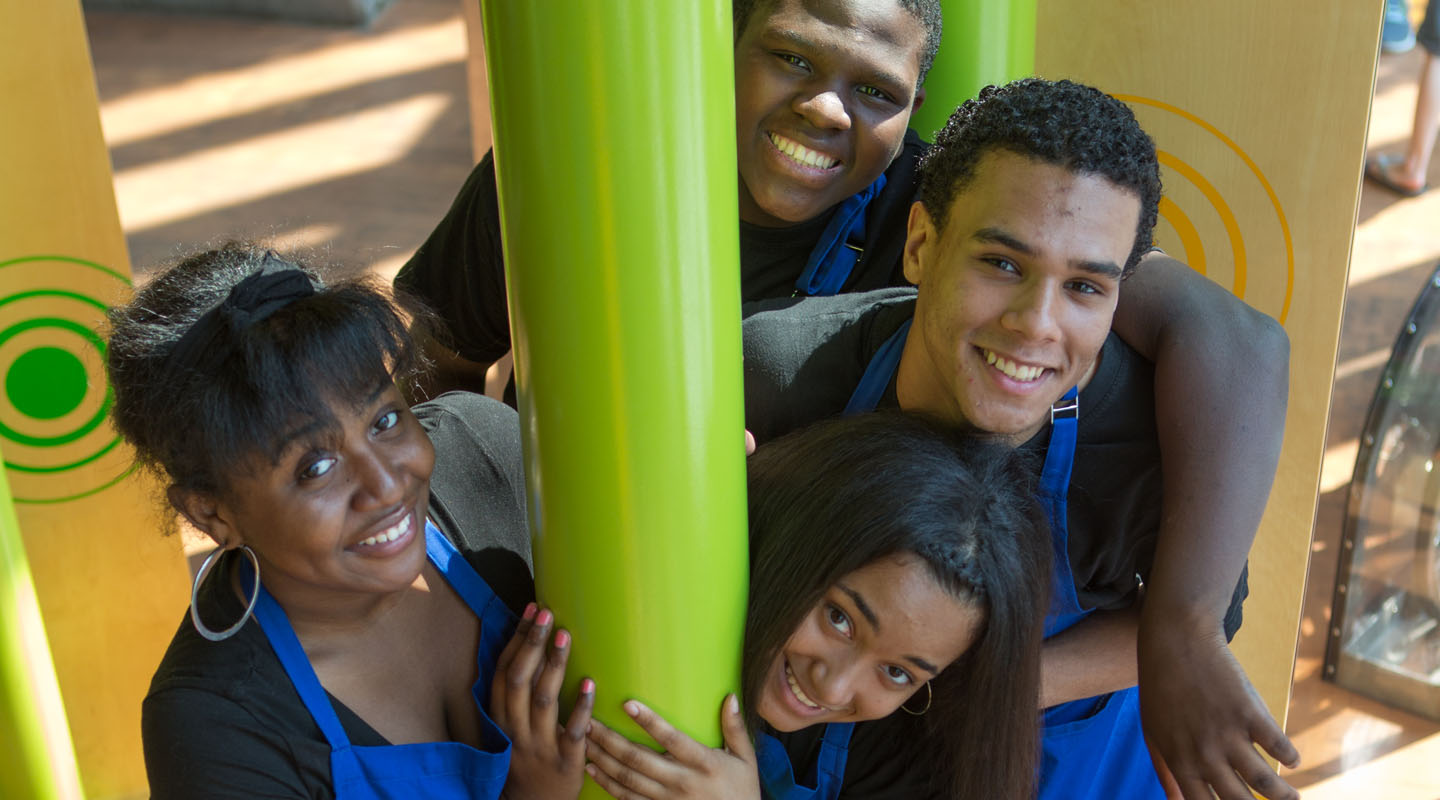
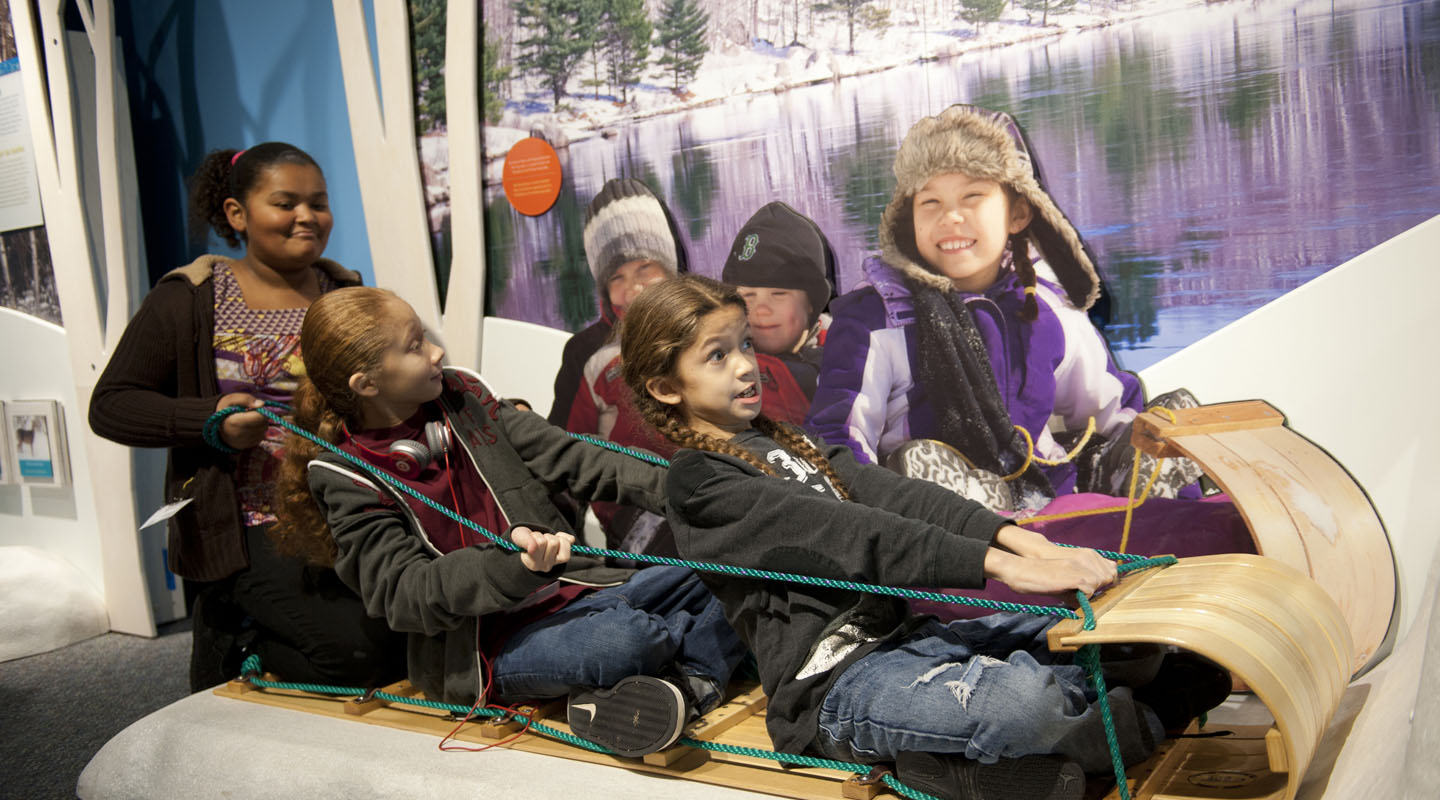







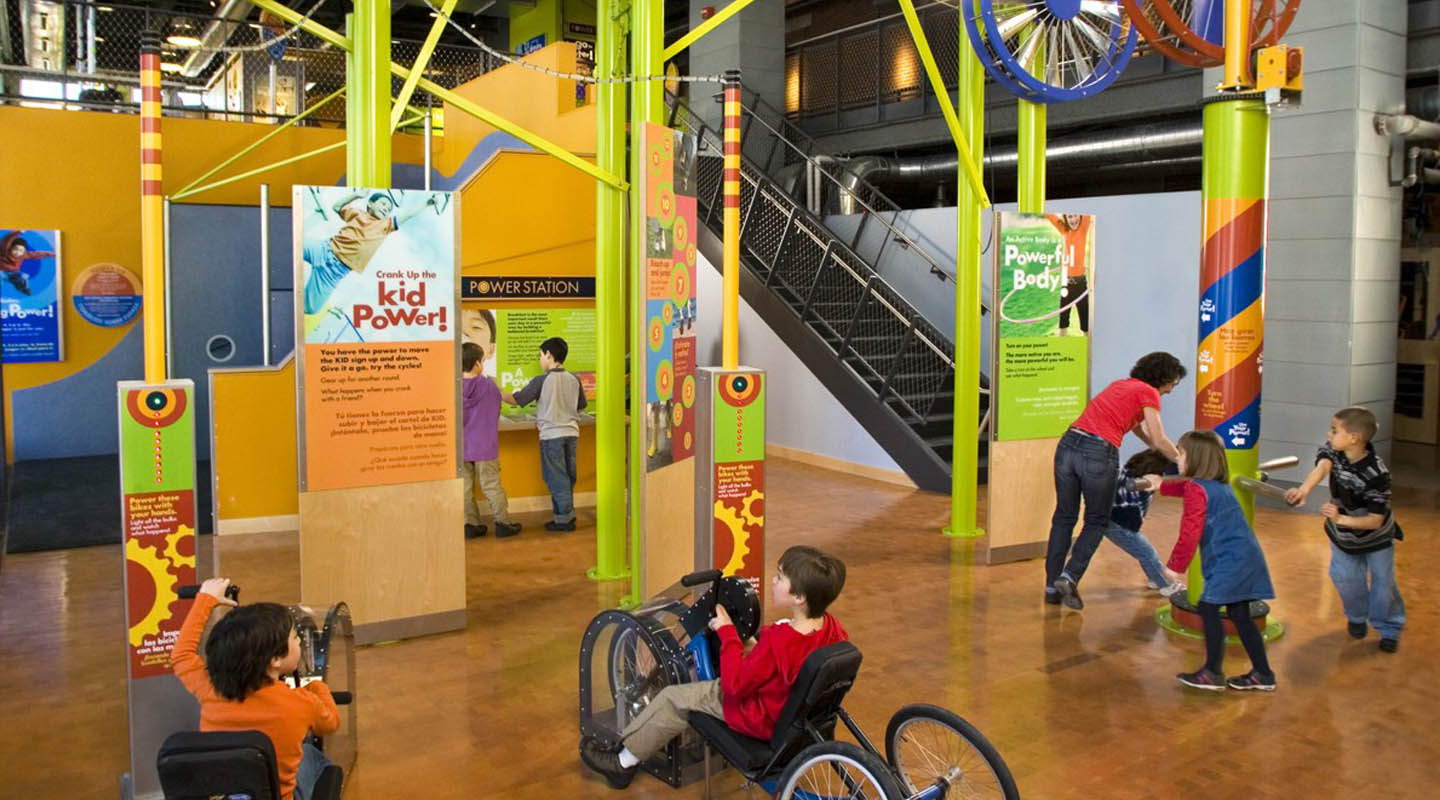
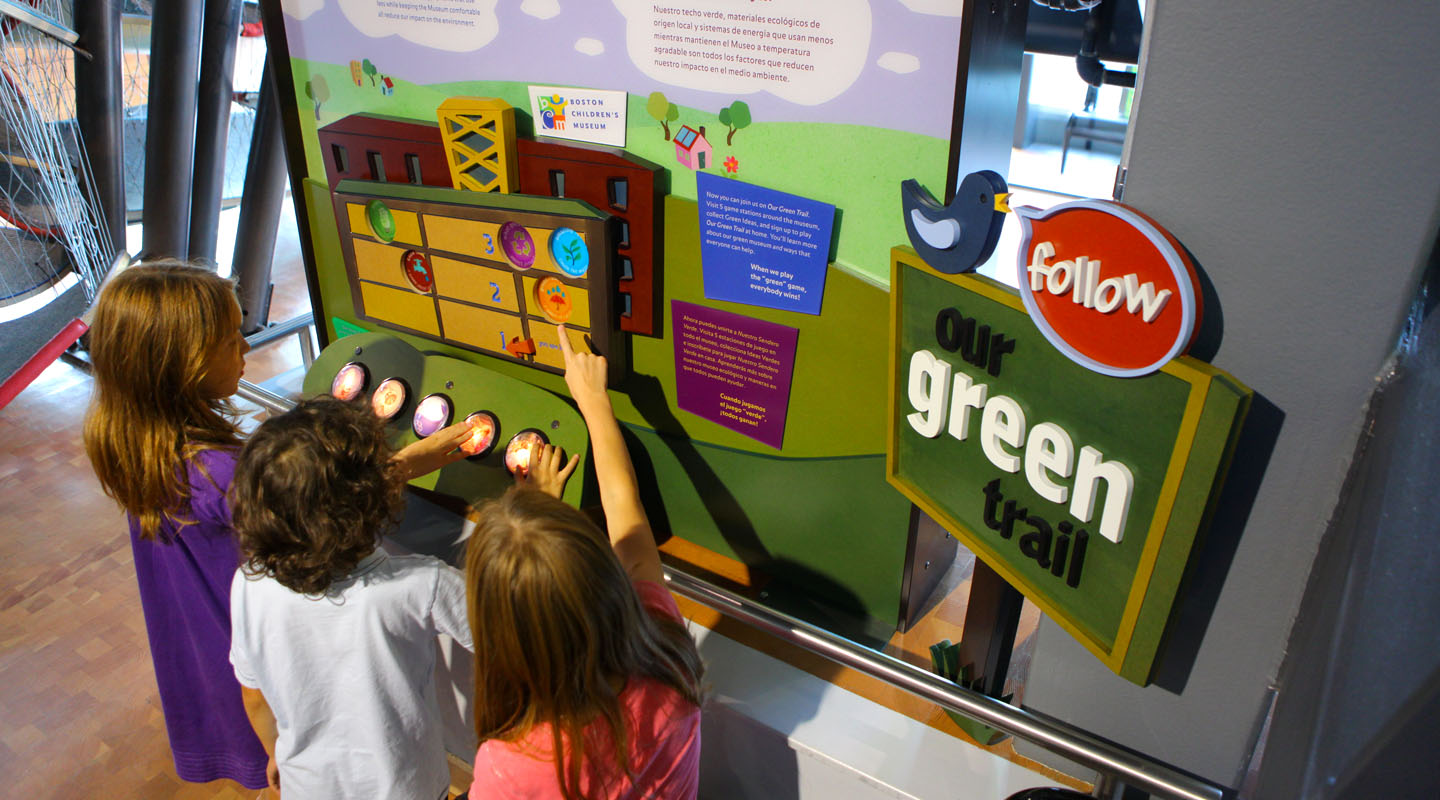
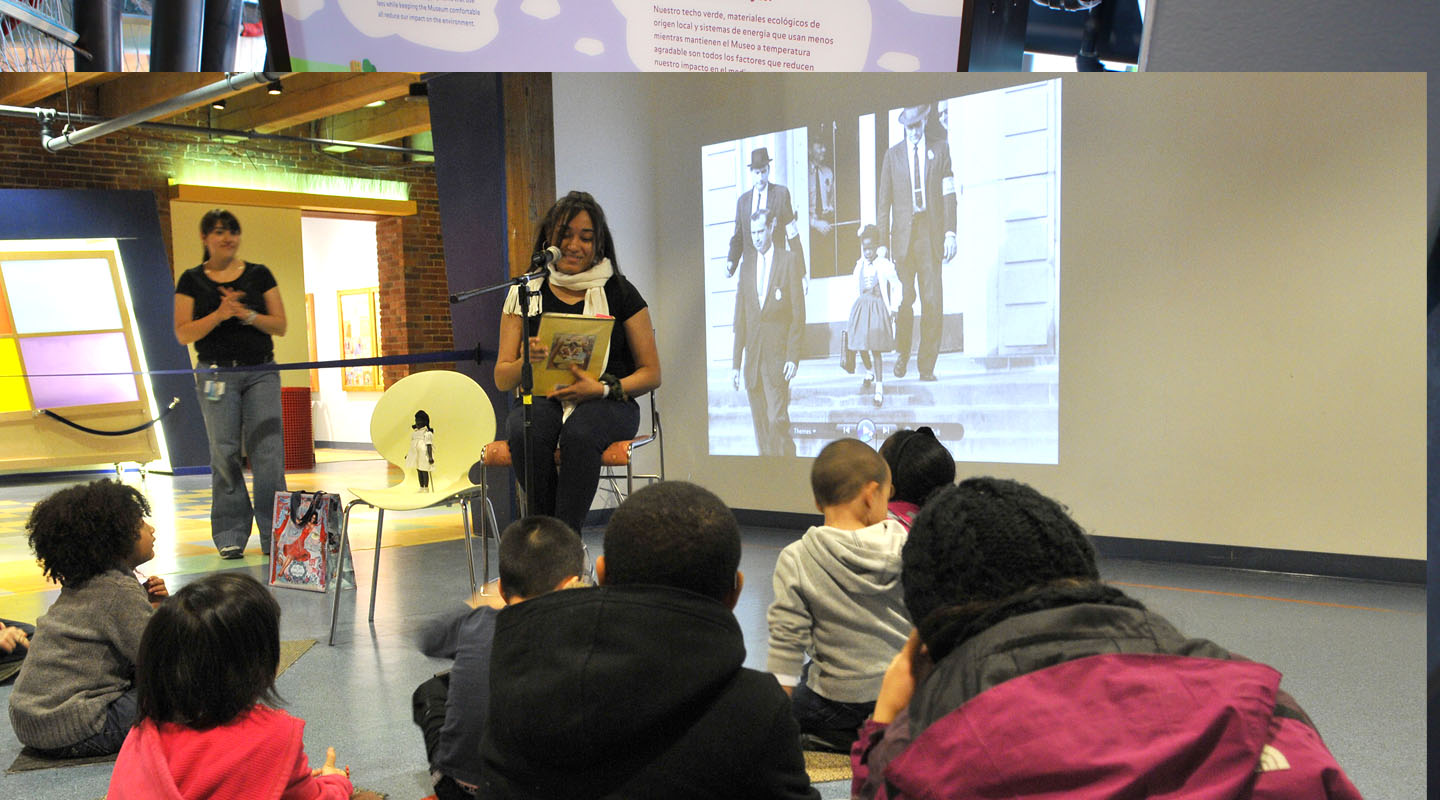







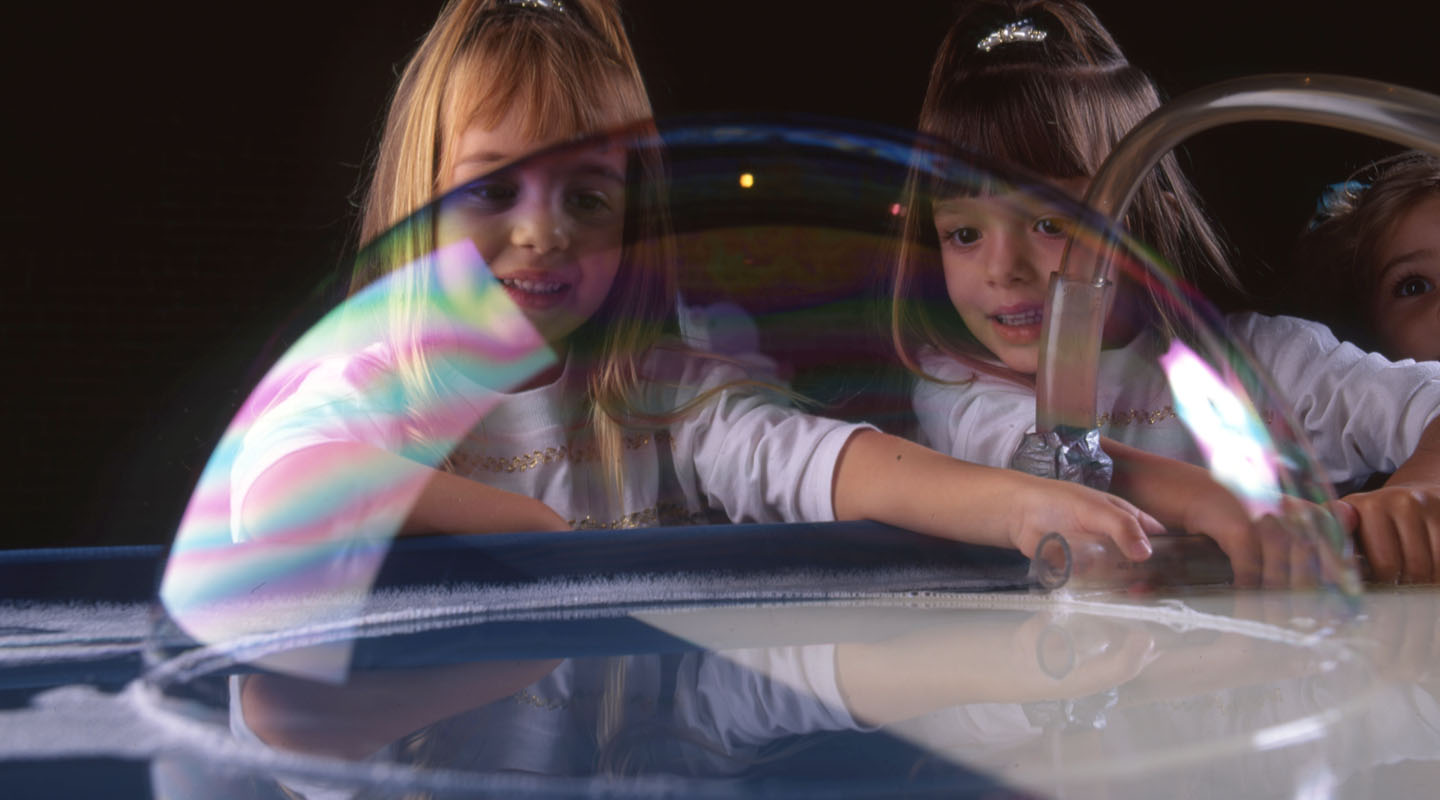
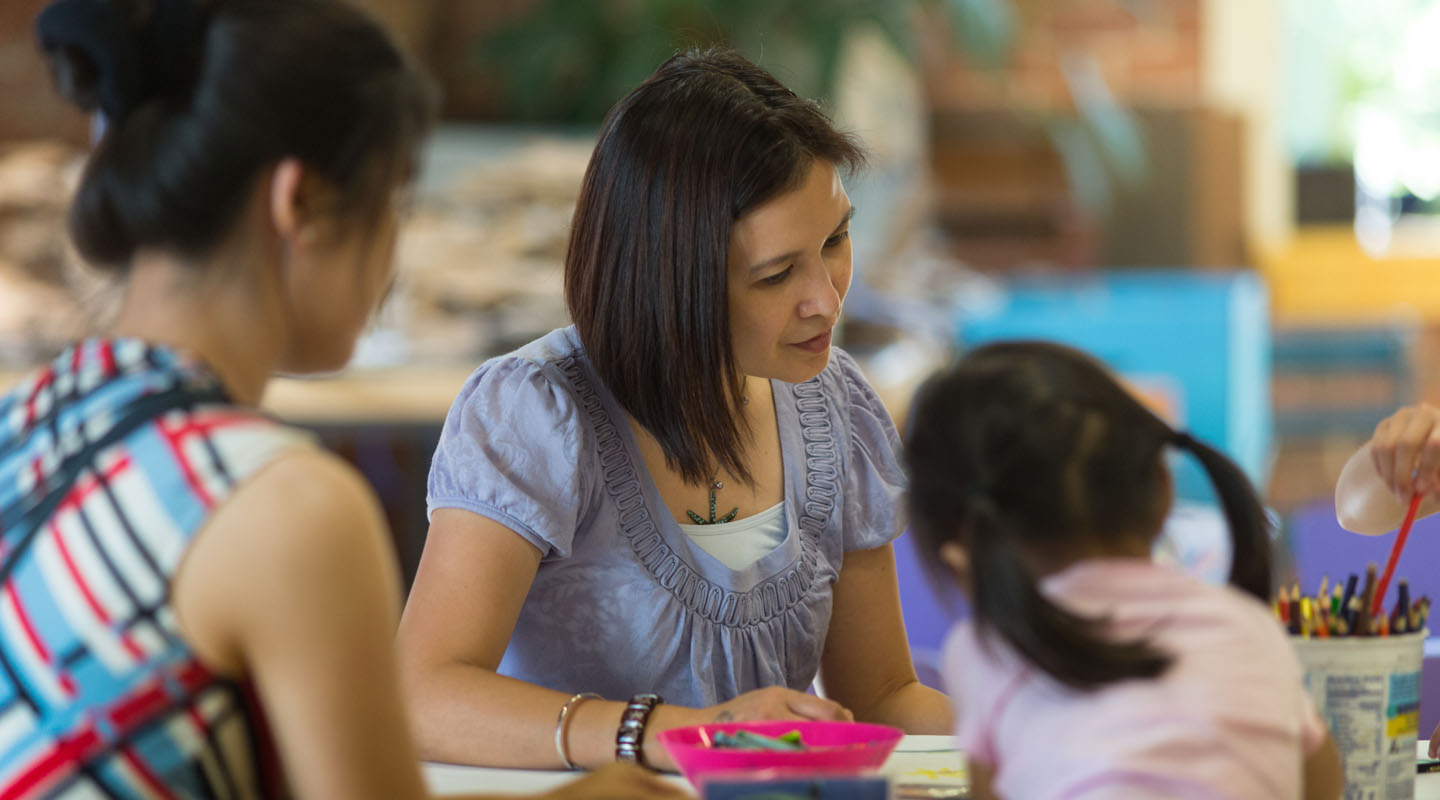
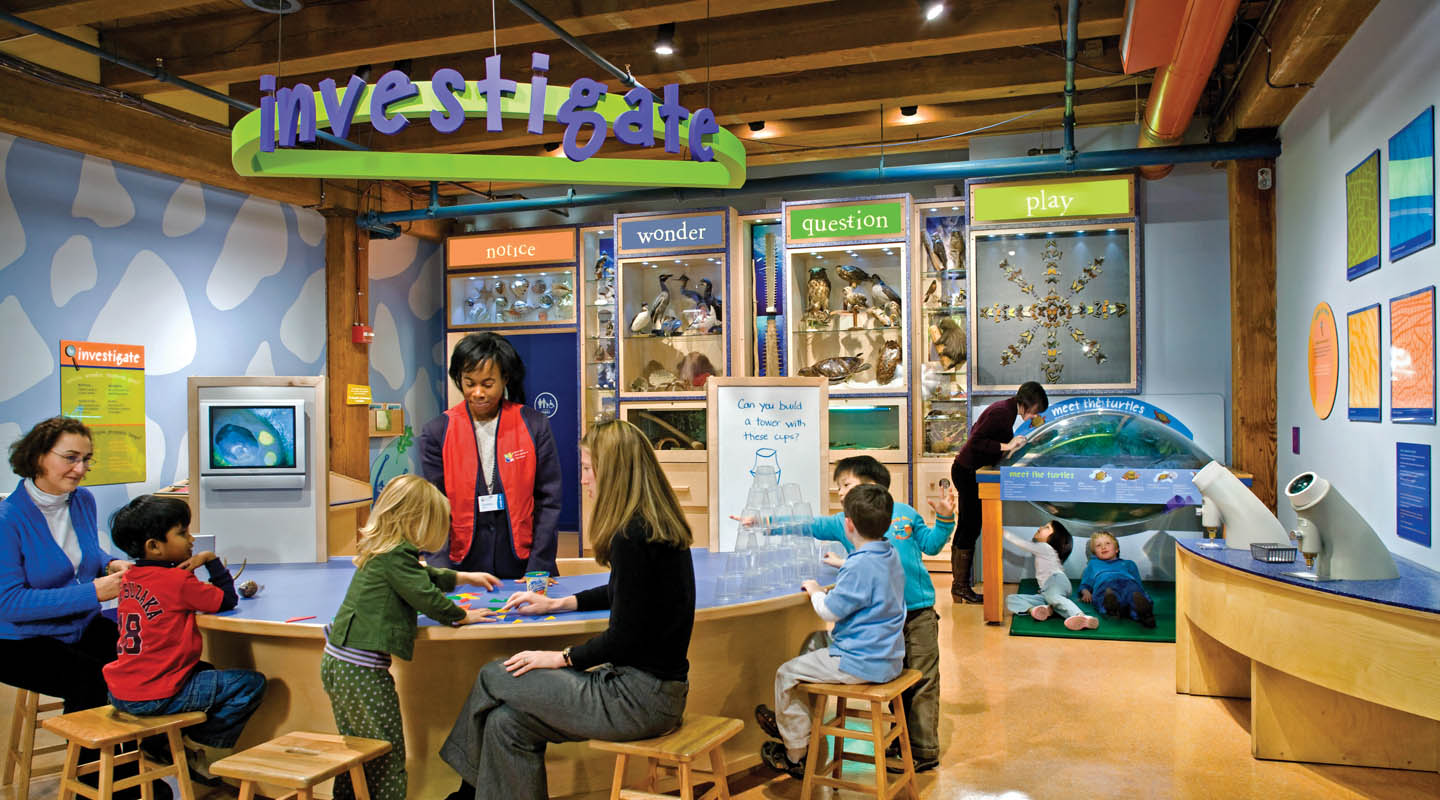






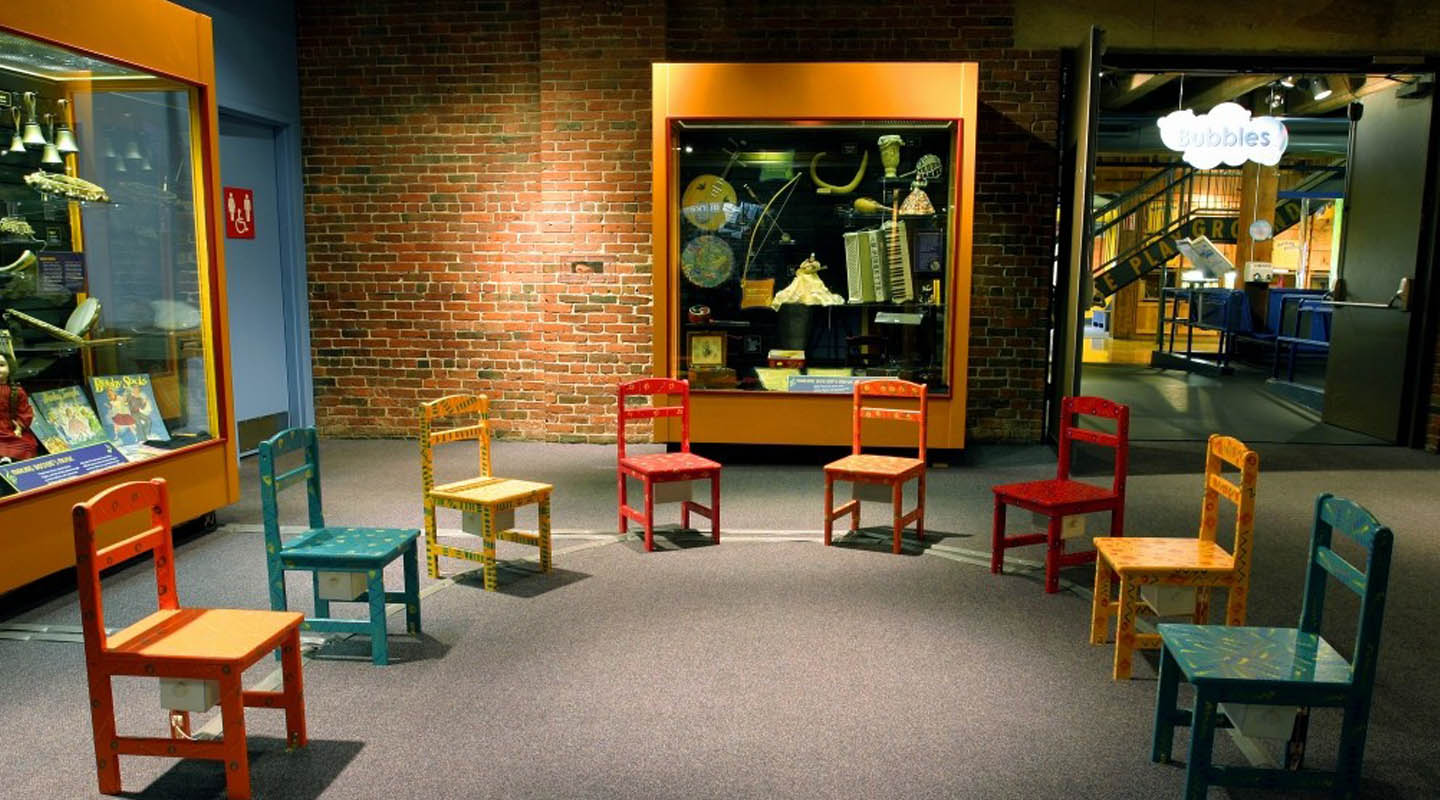
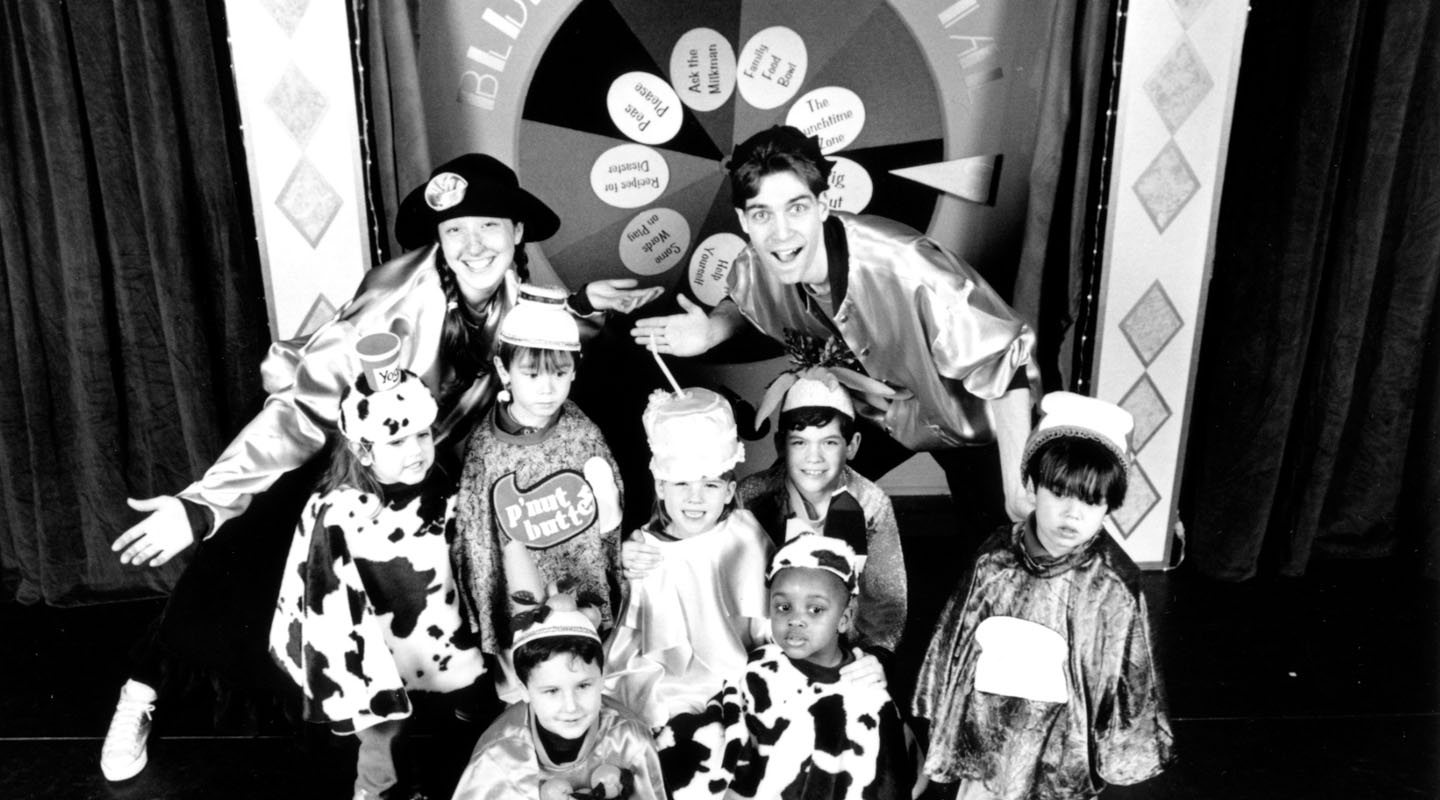
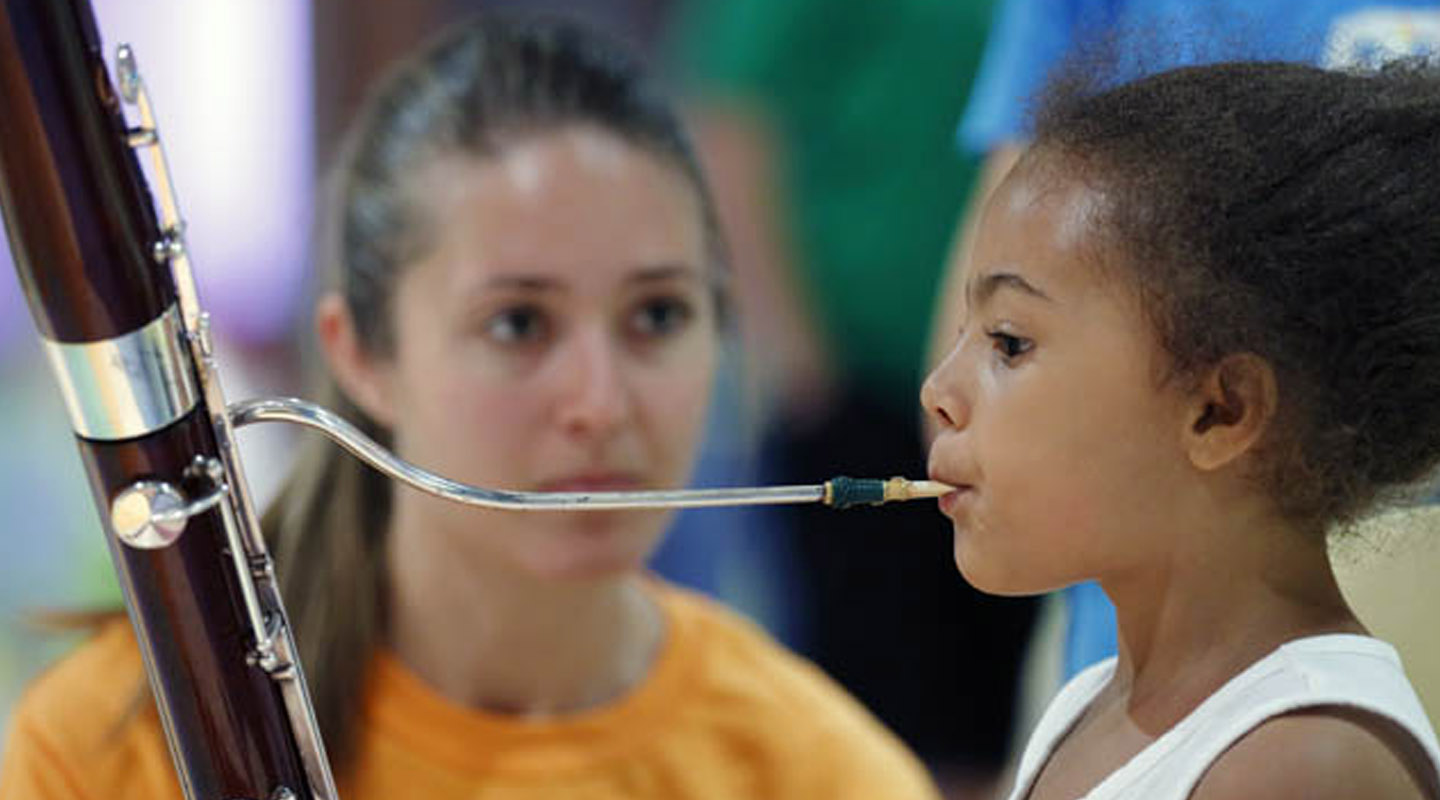
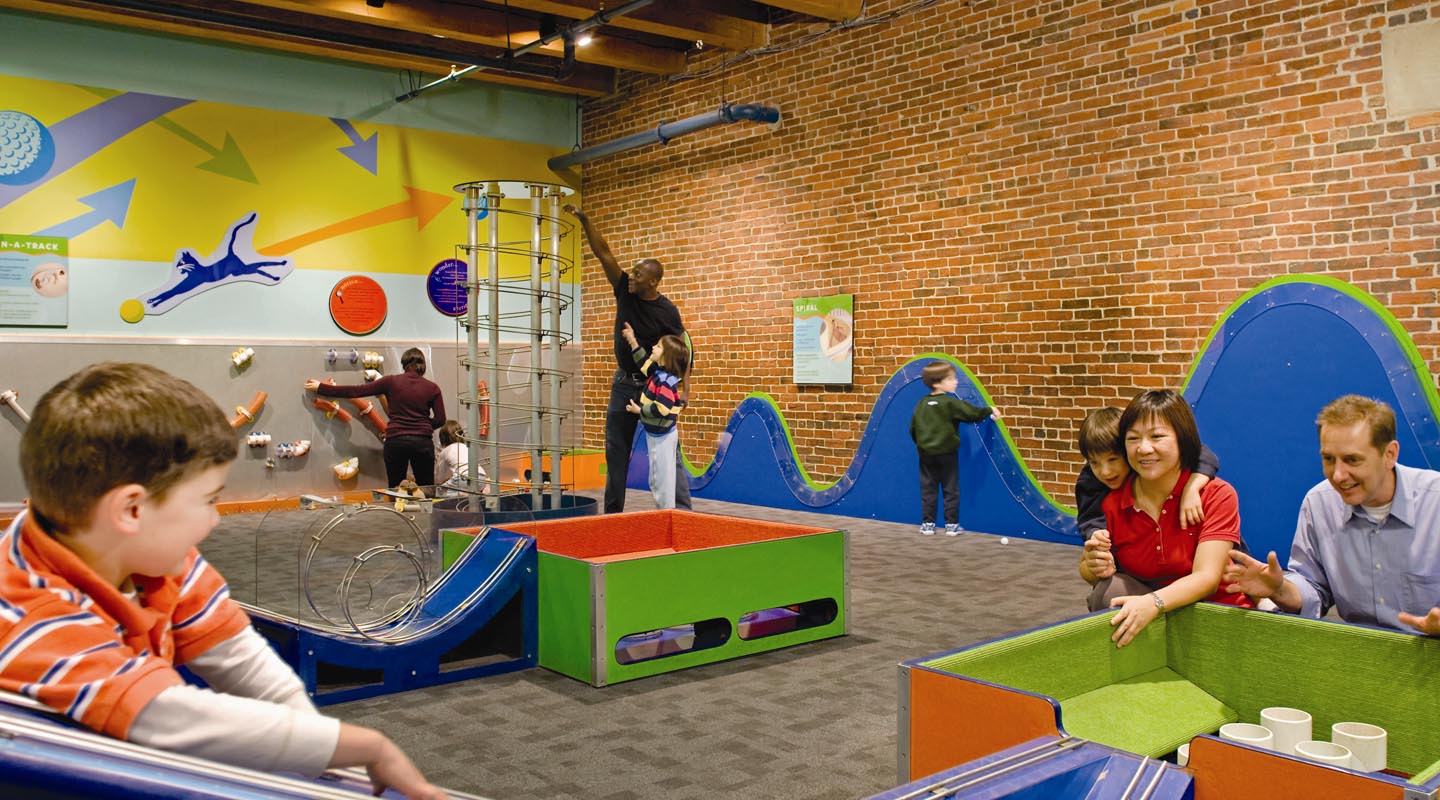




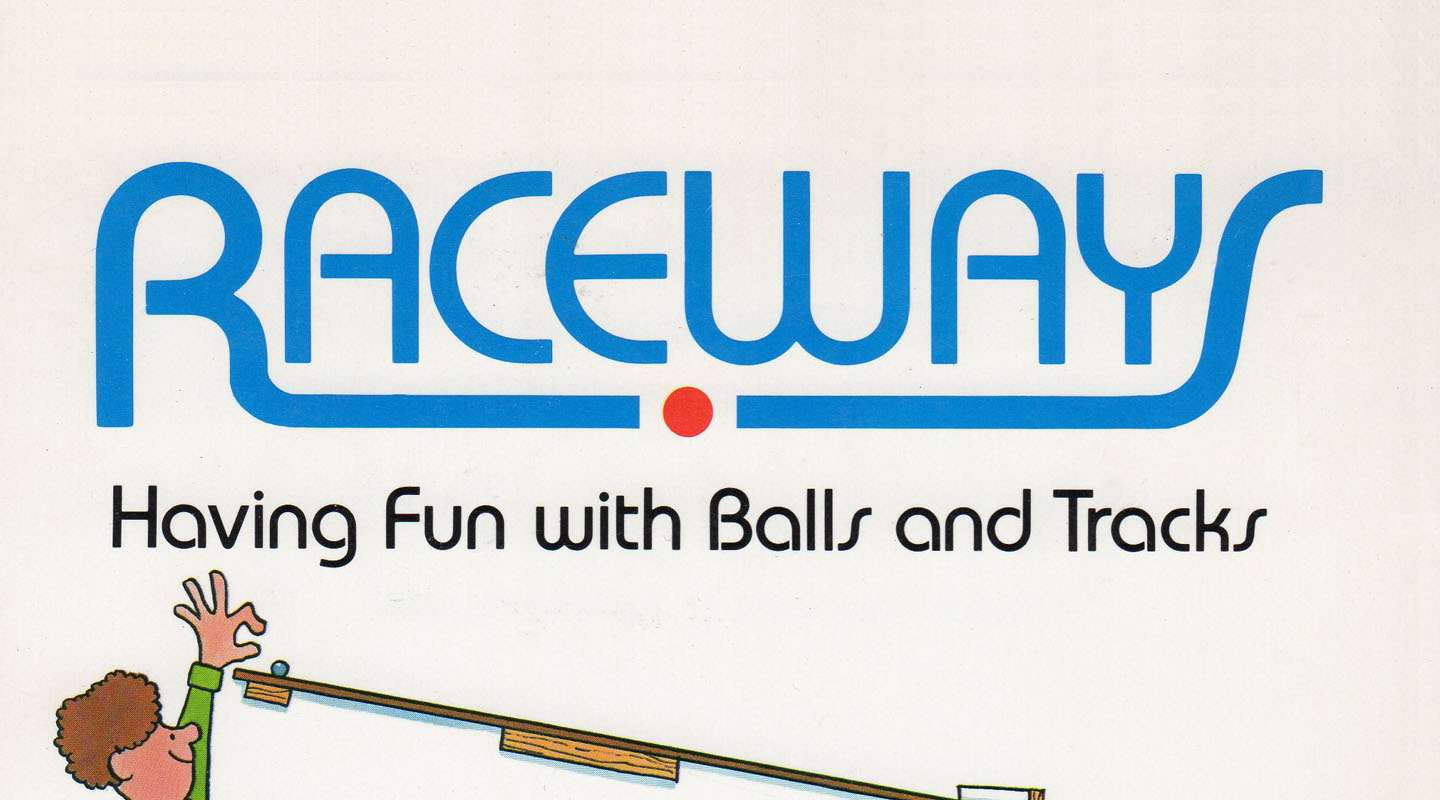
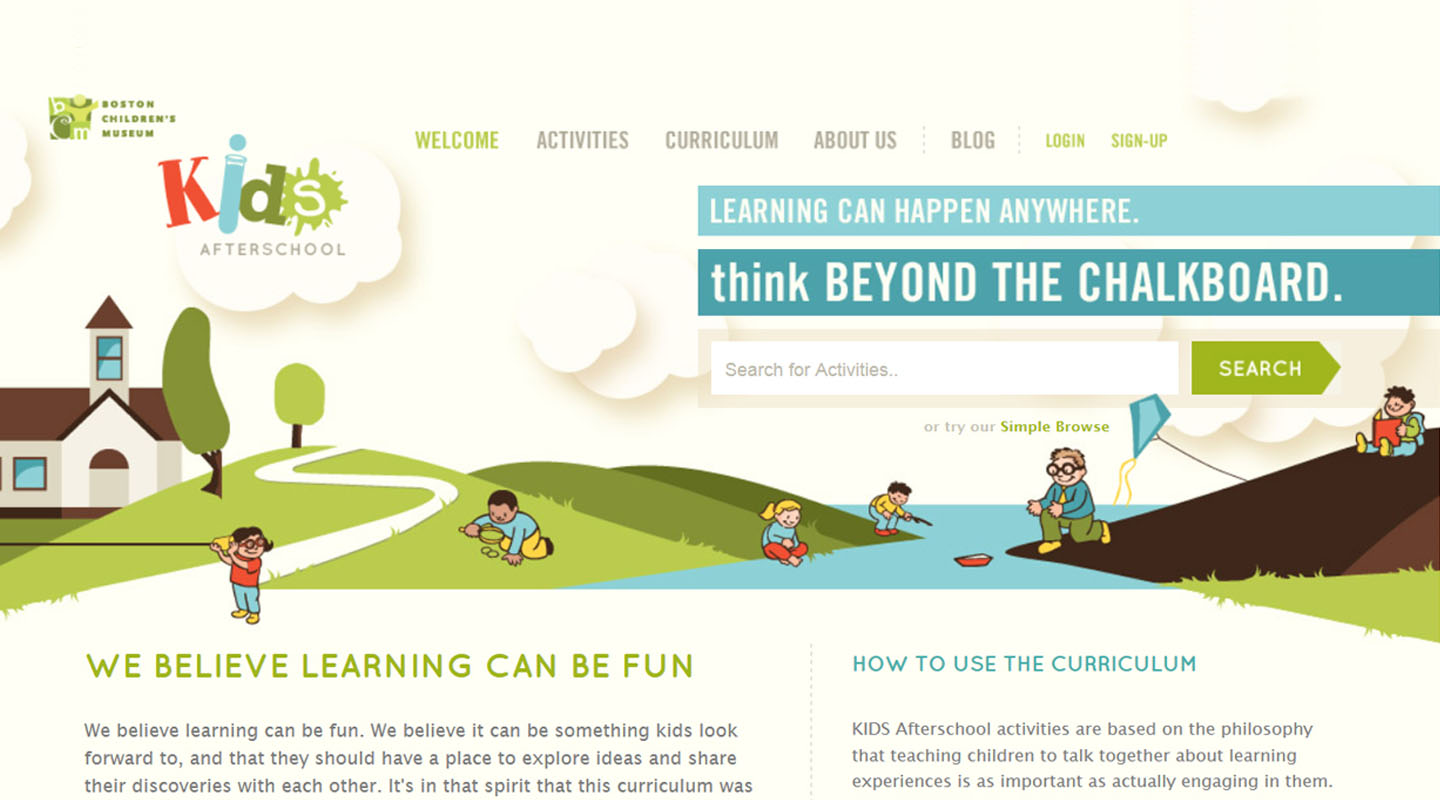
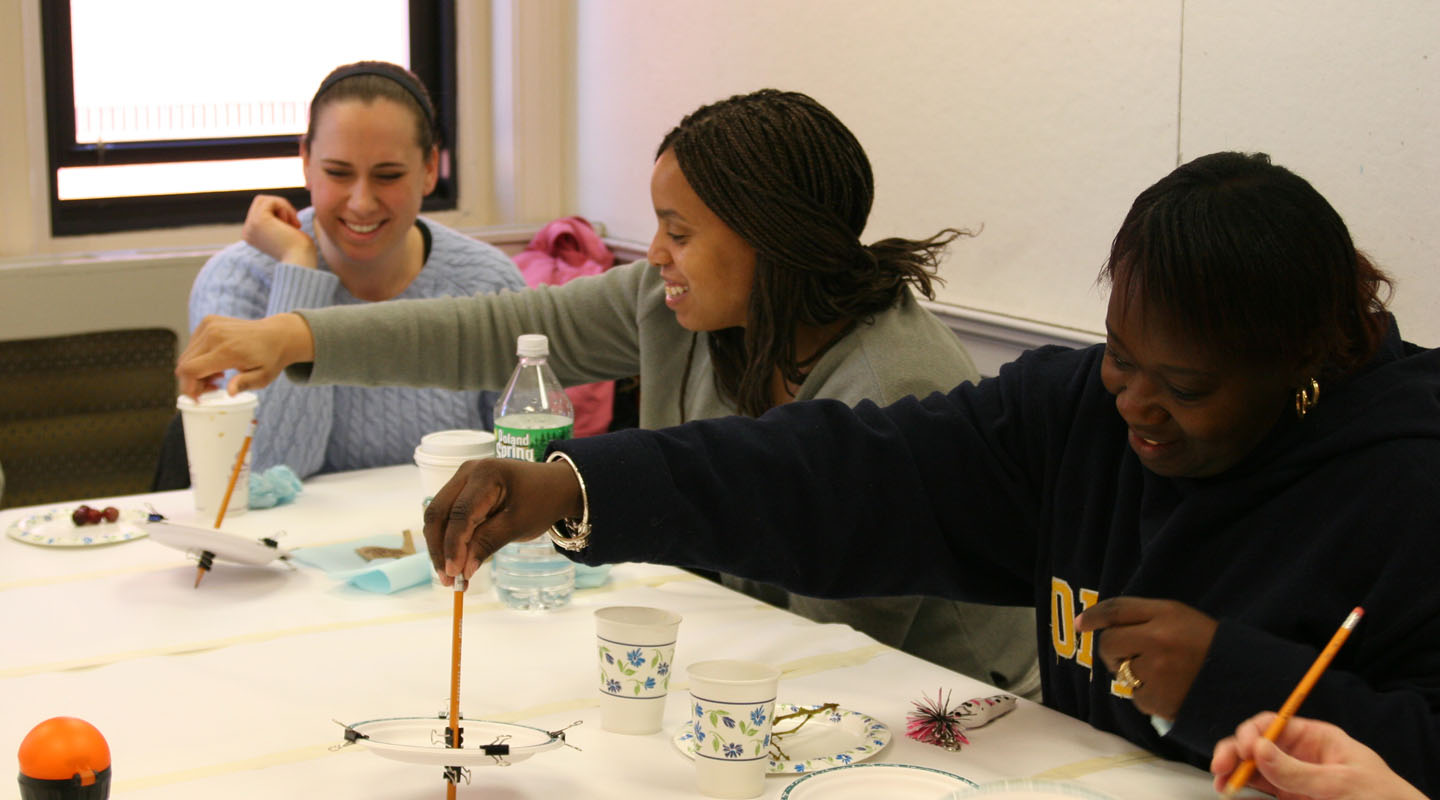
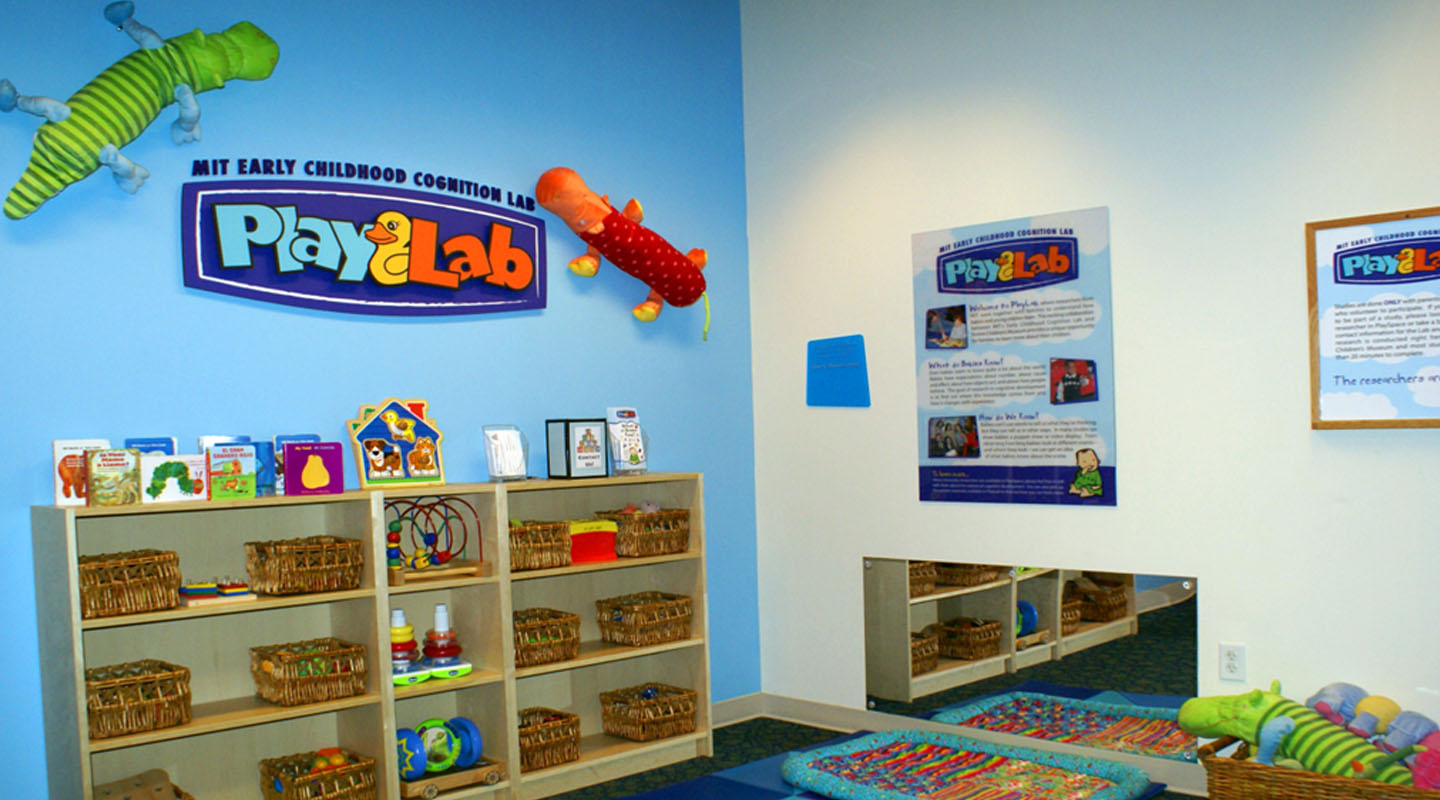
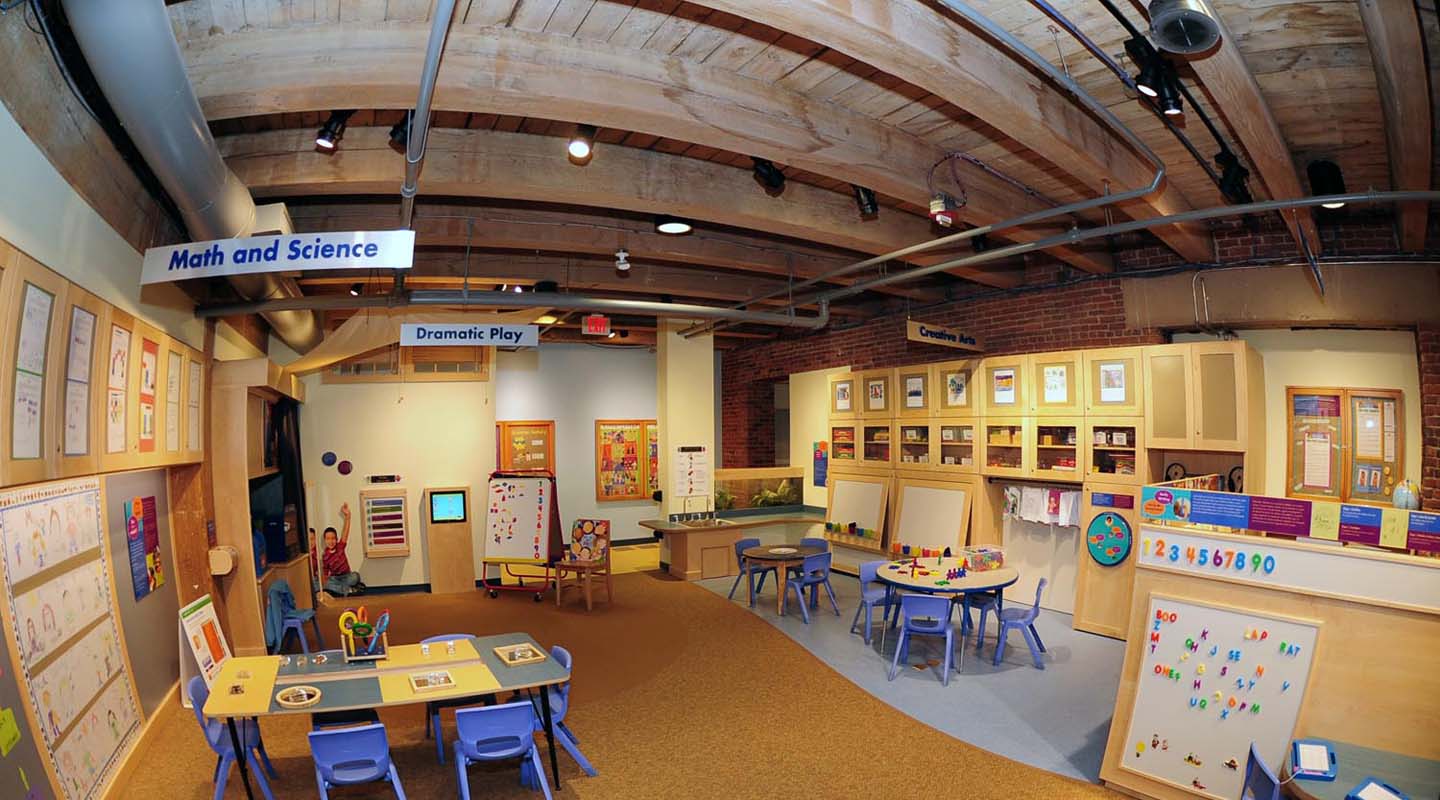
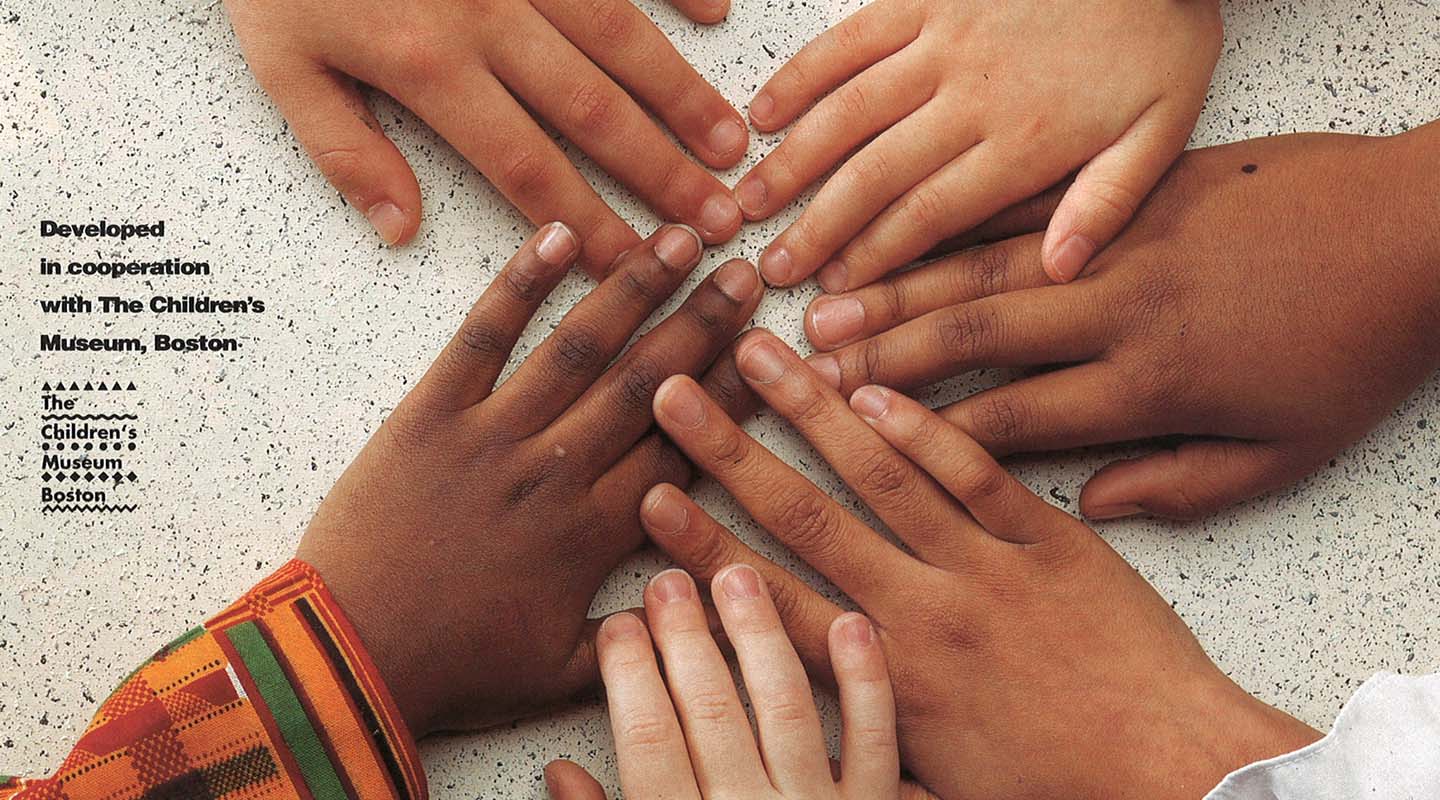




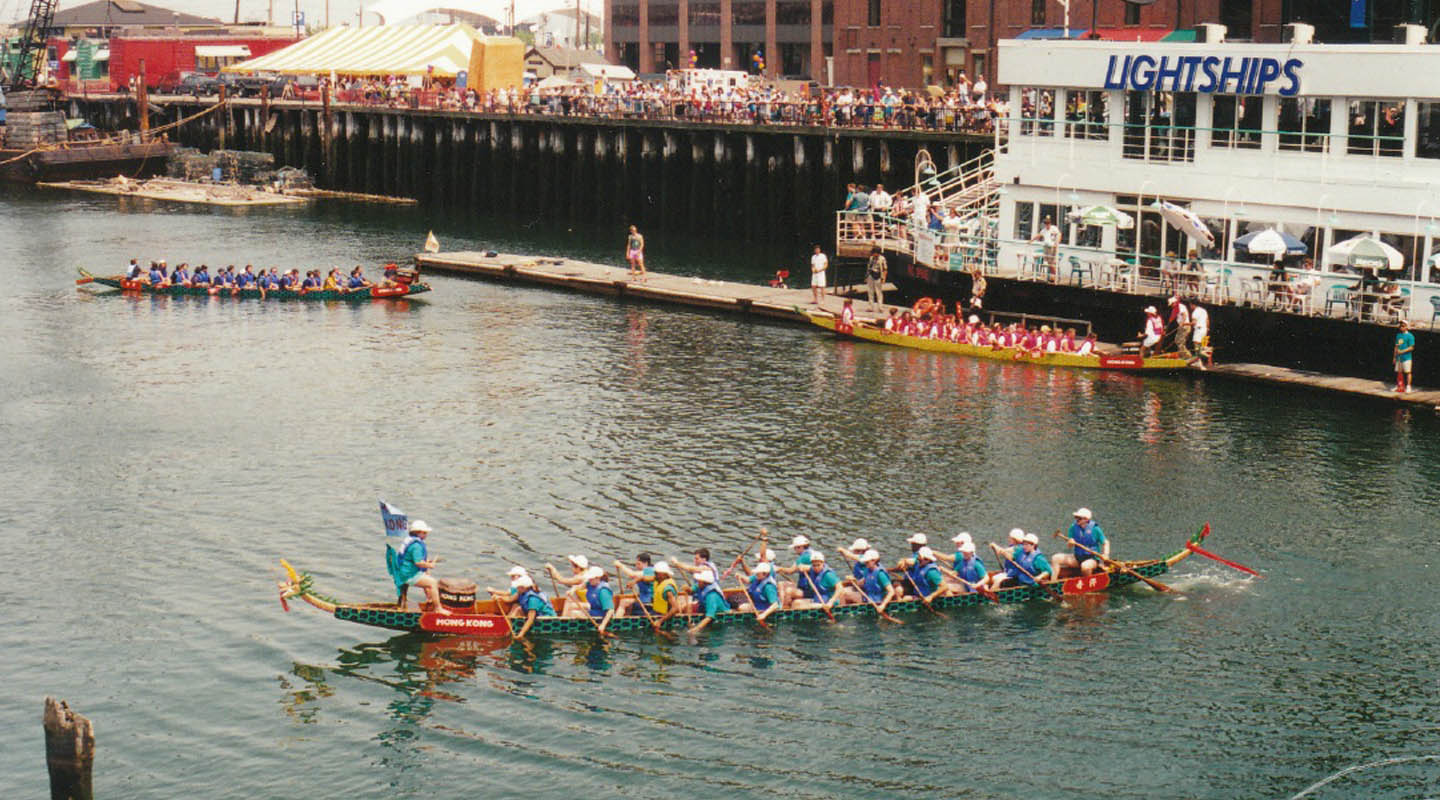
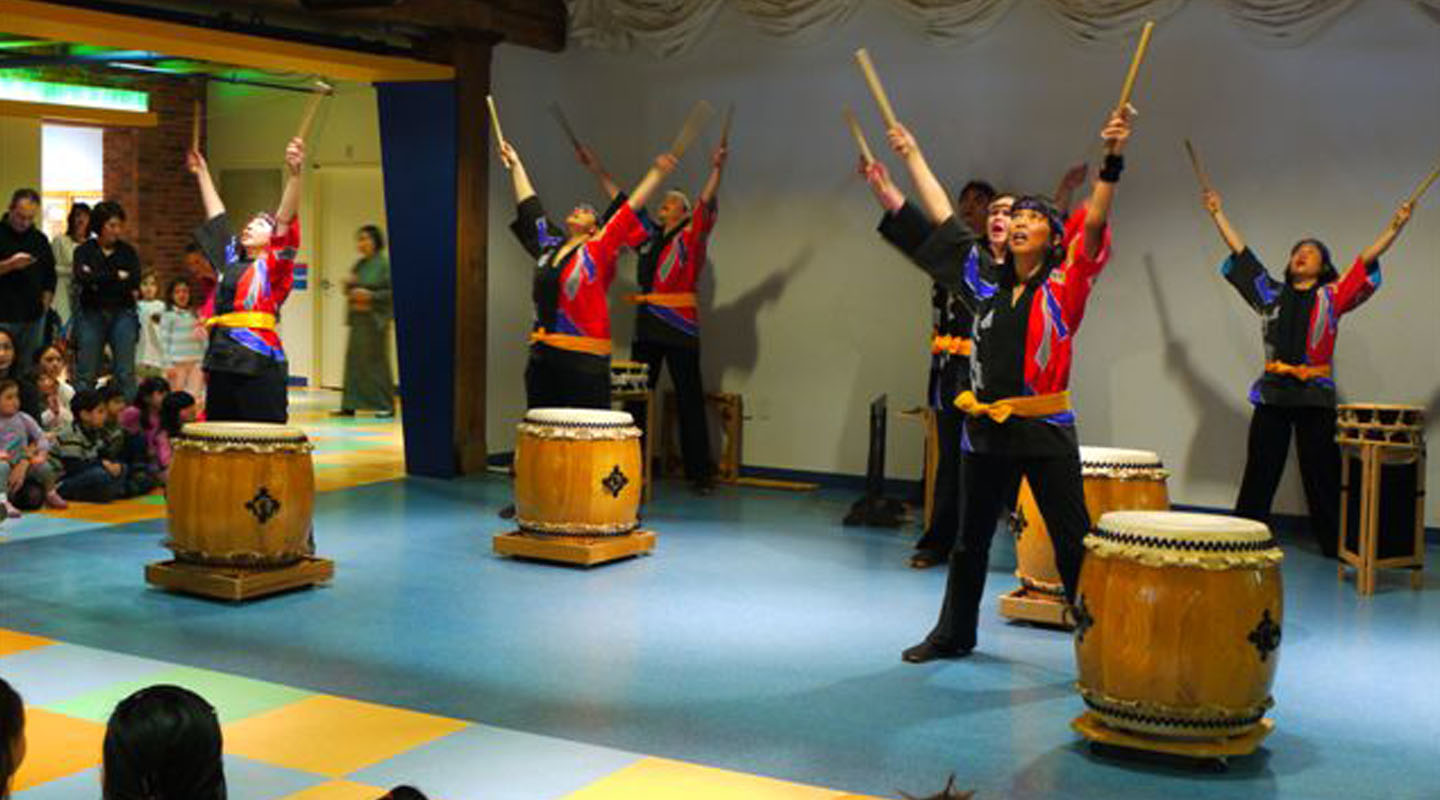
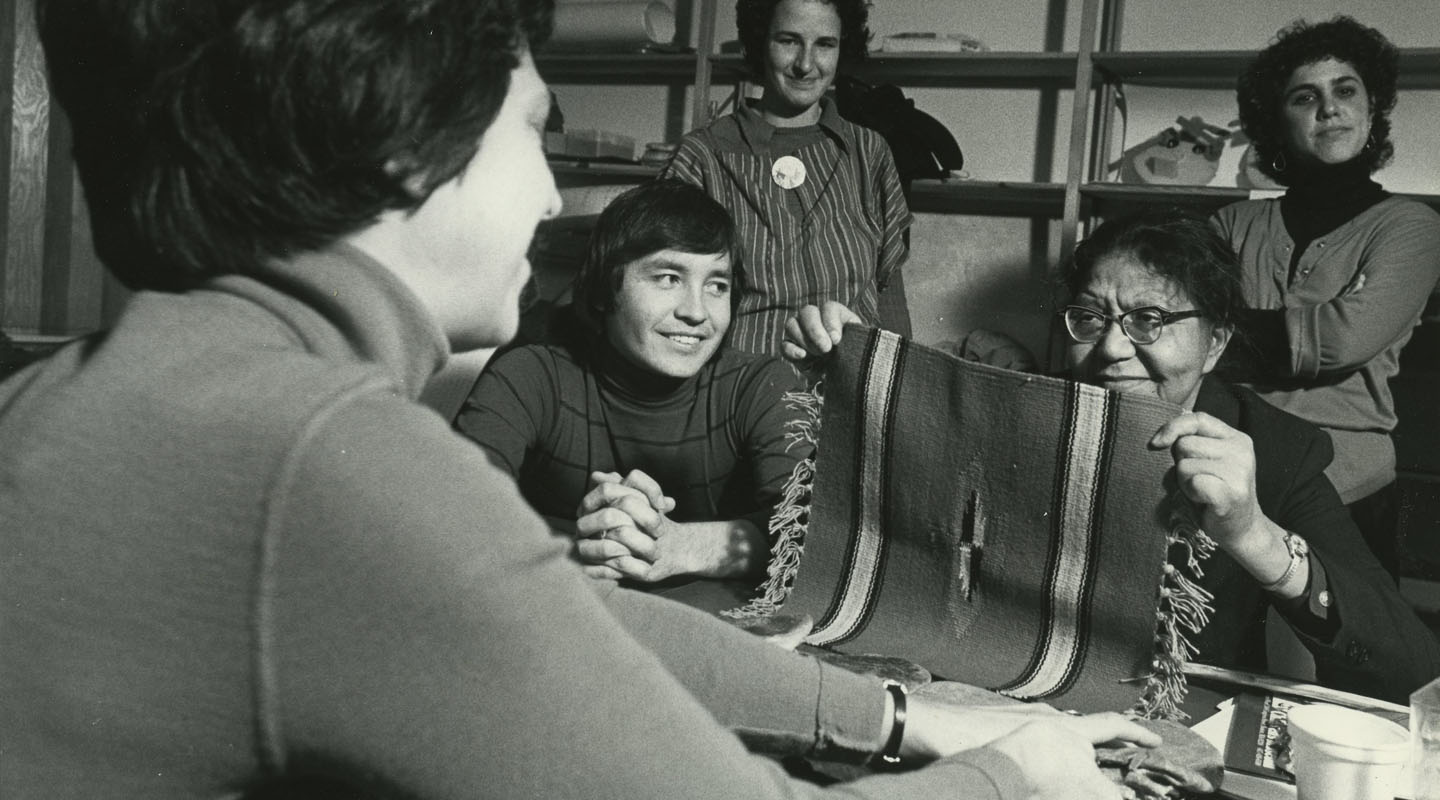
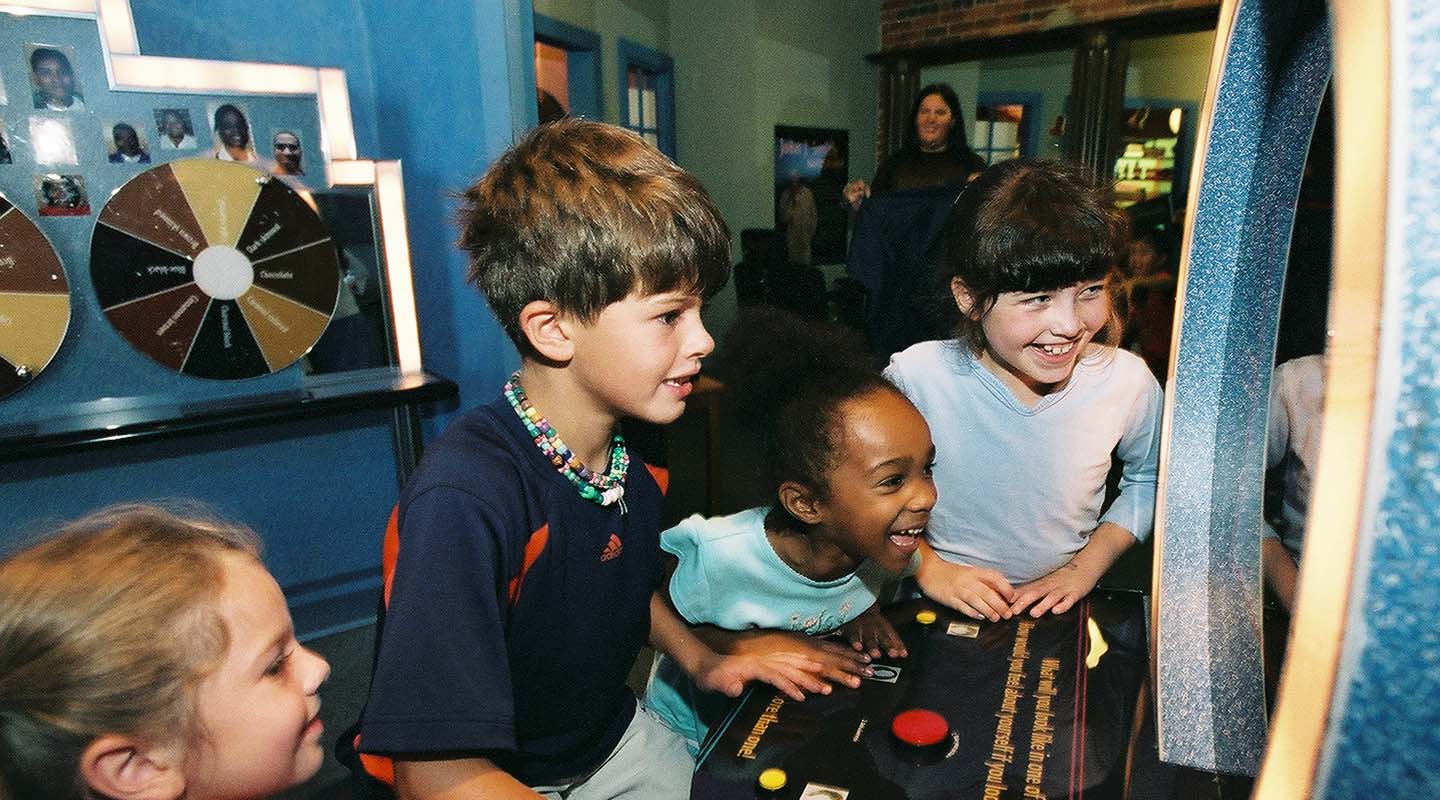
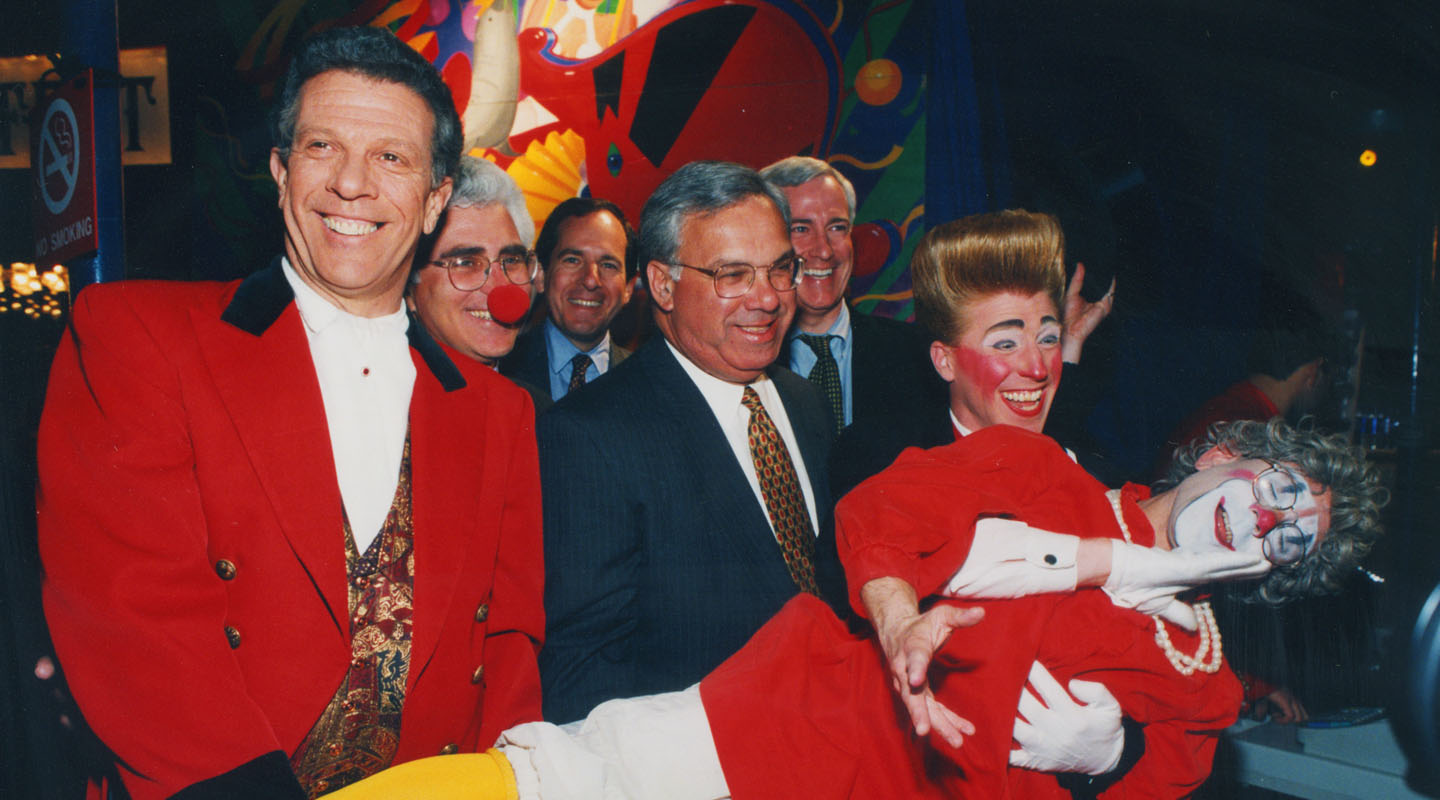
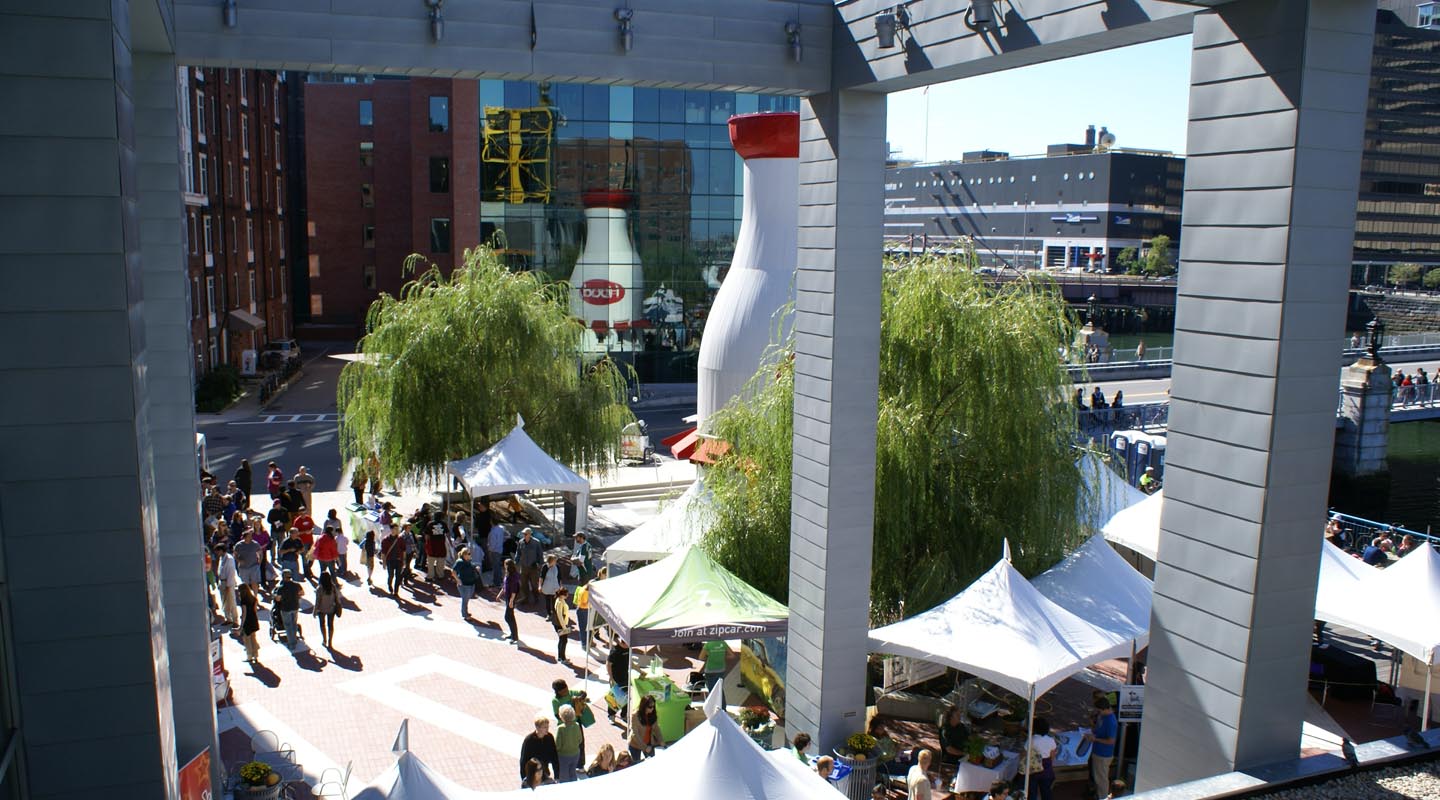
2013 Boston Children's Museum, All Rights Reserved